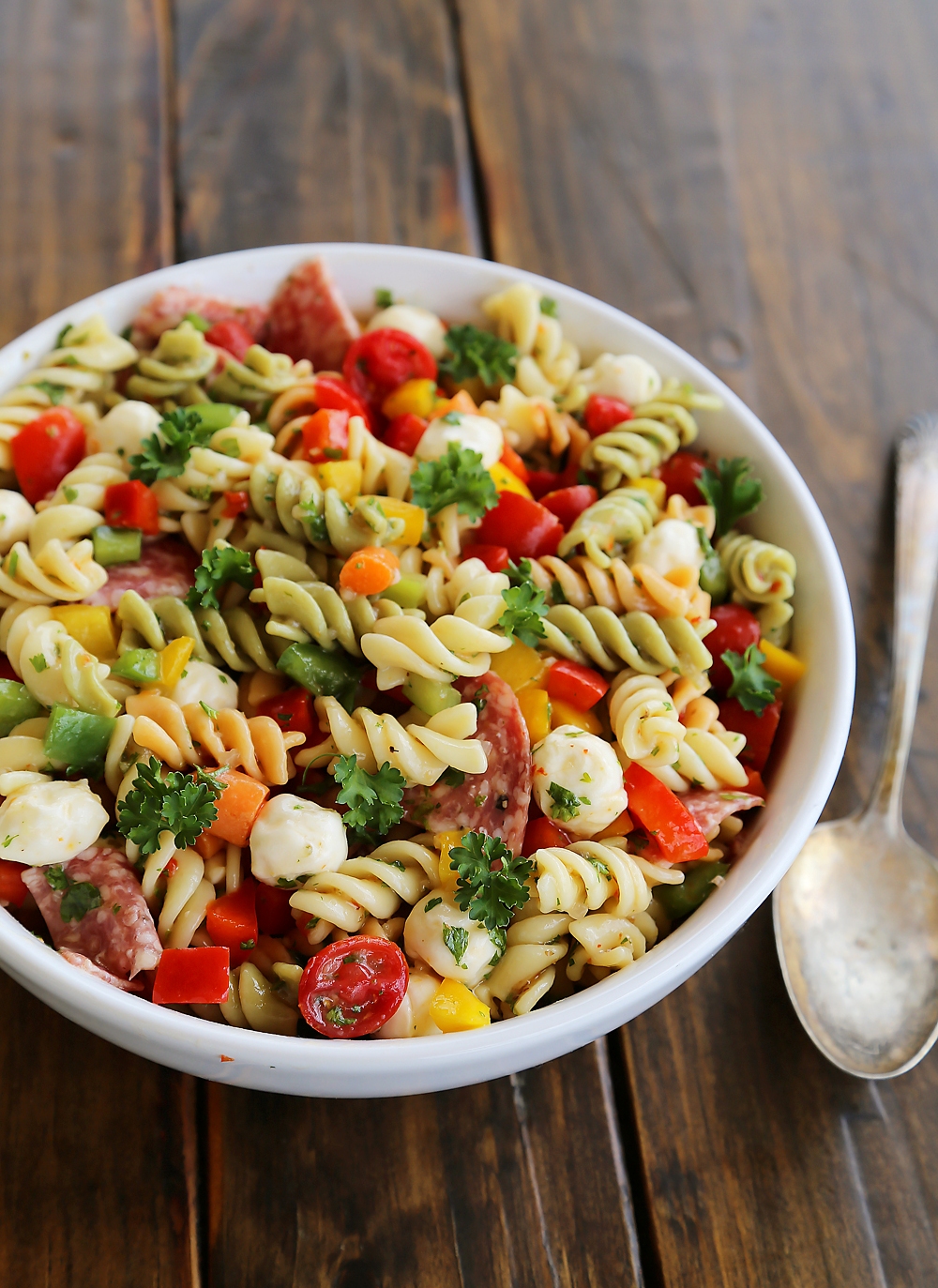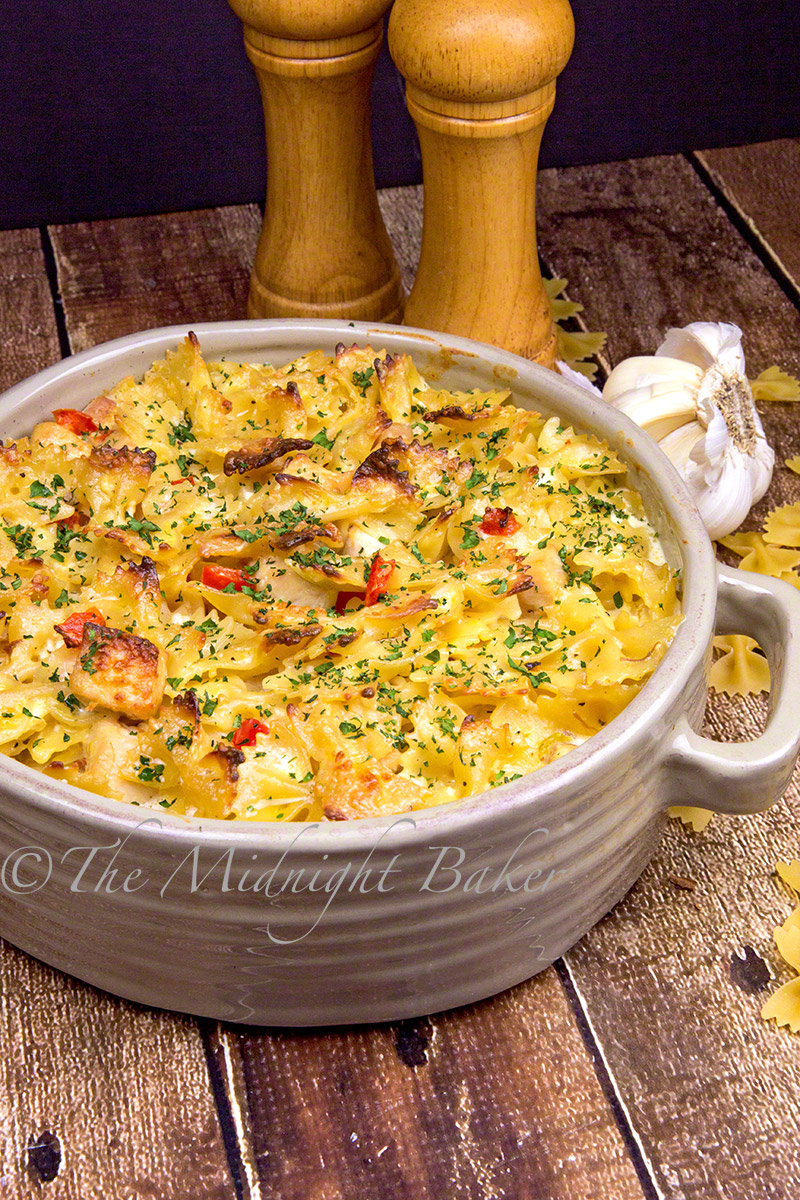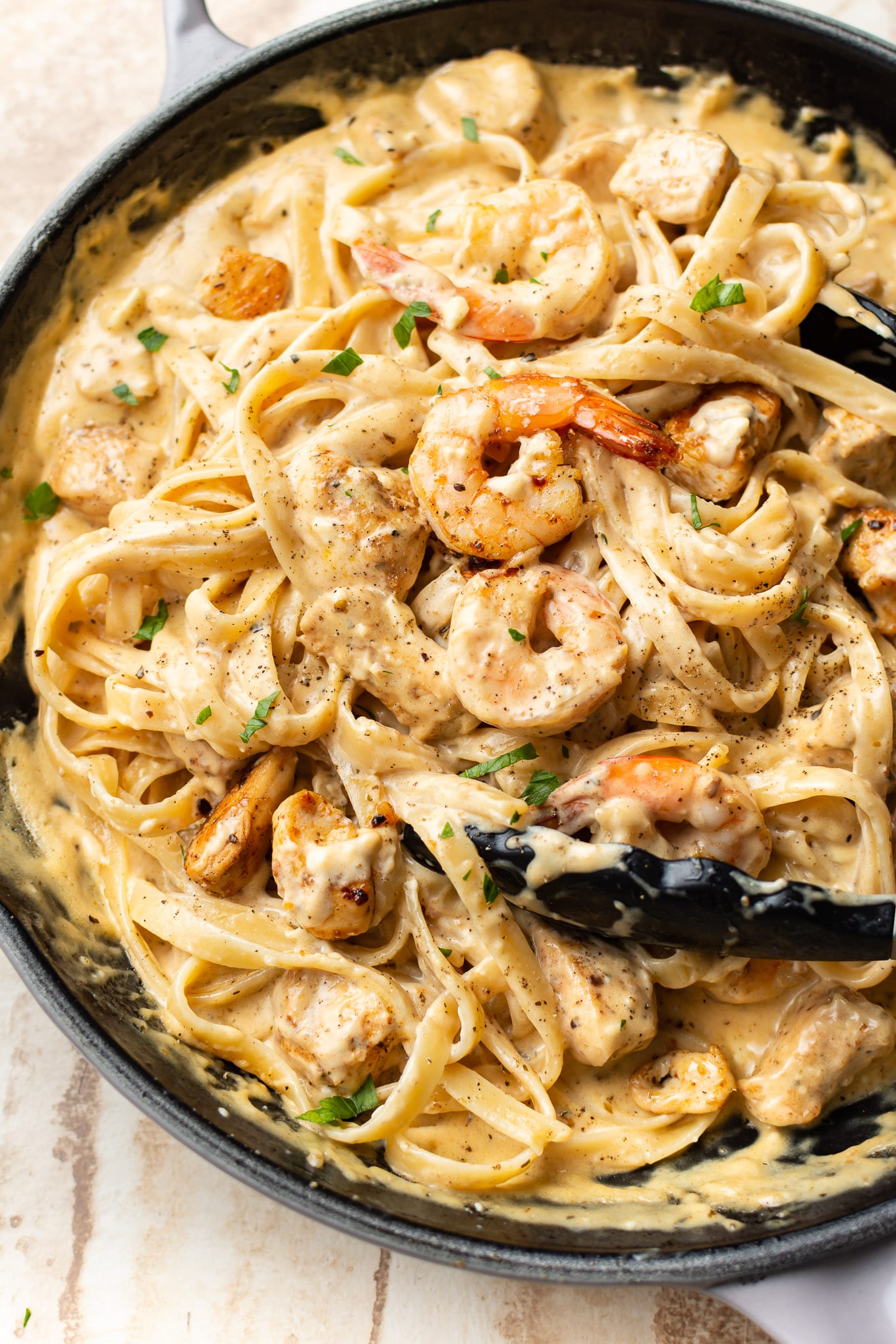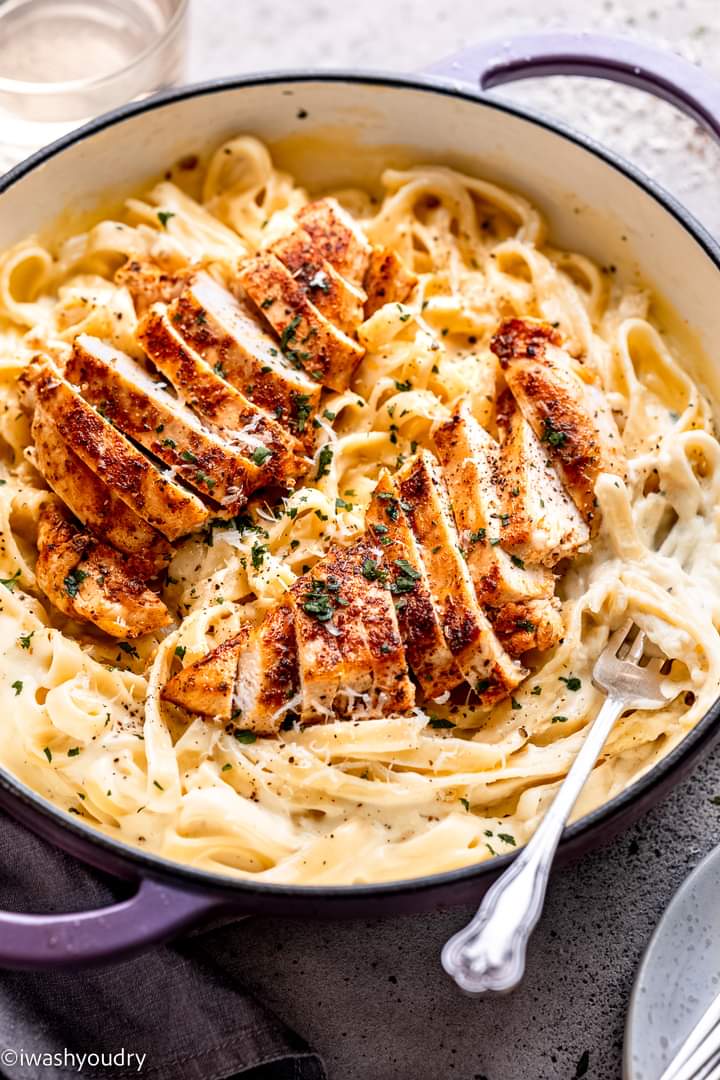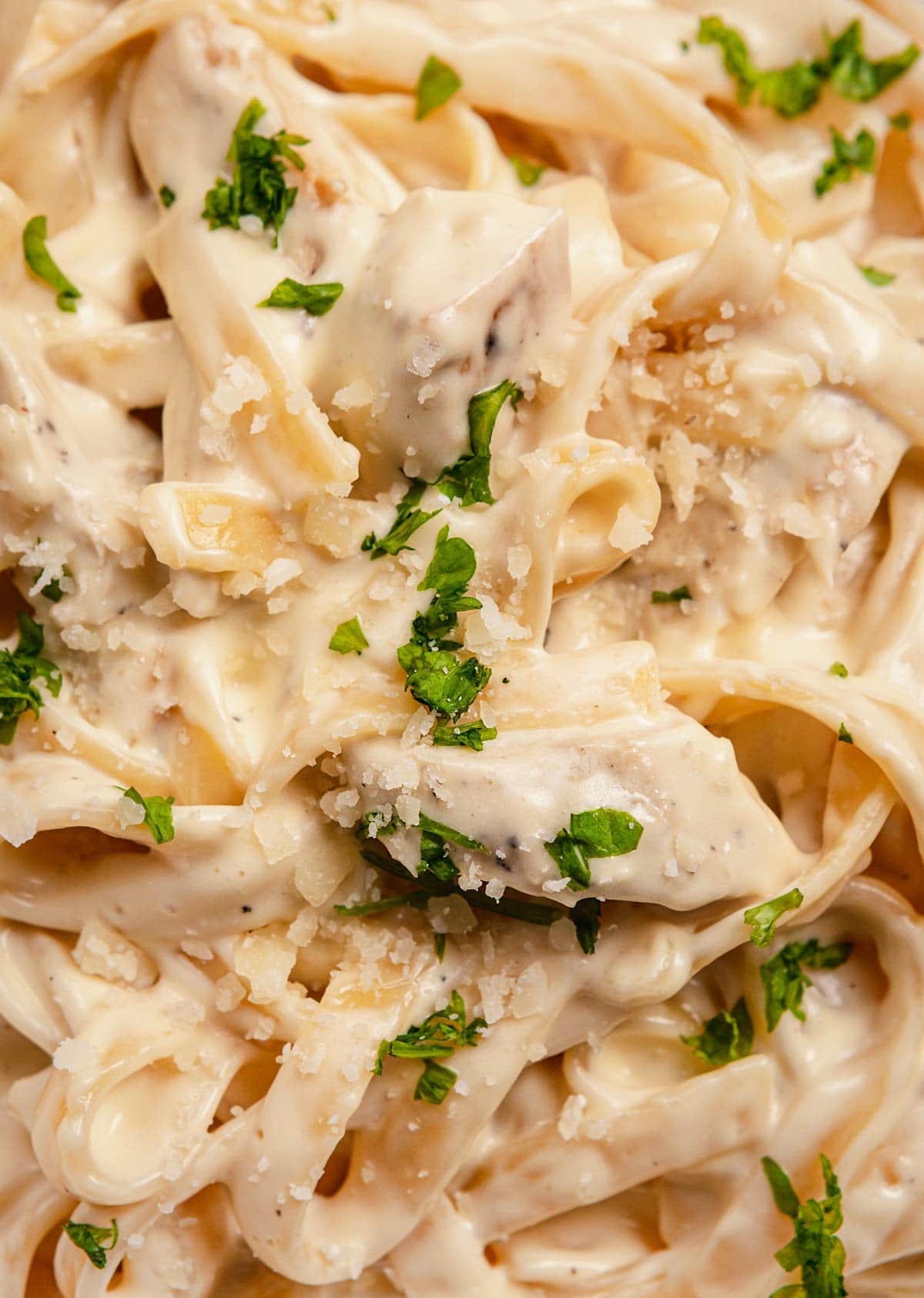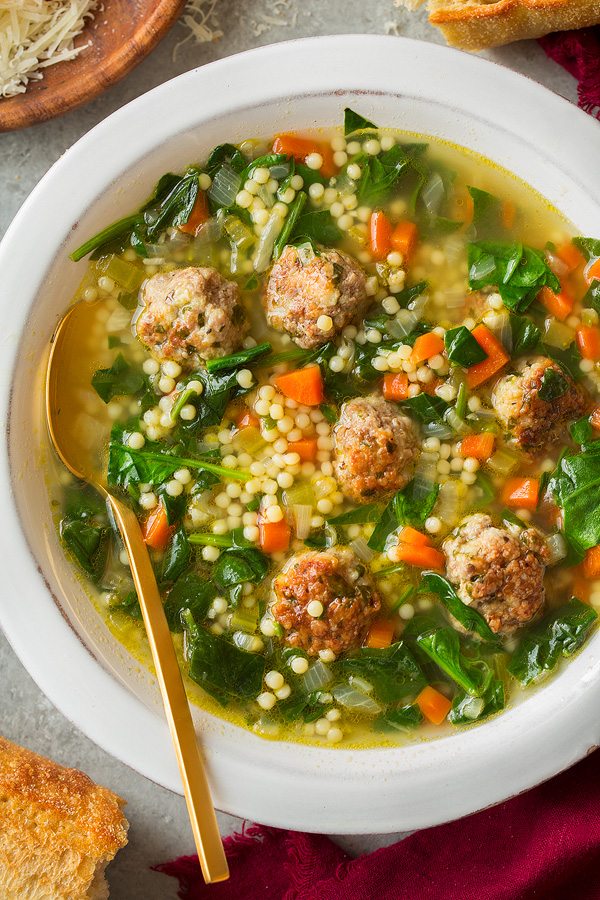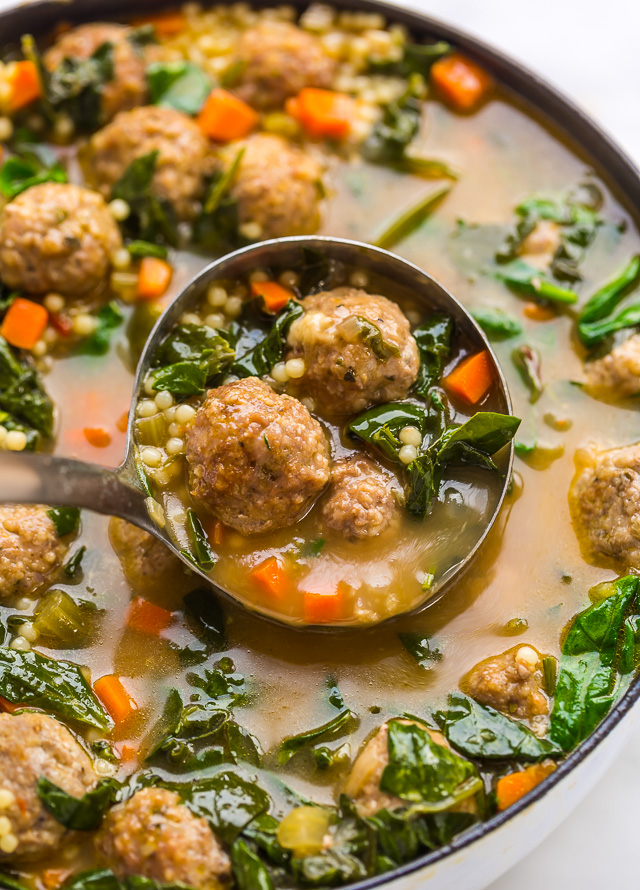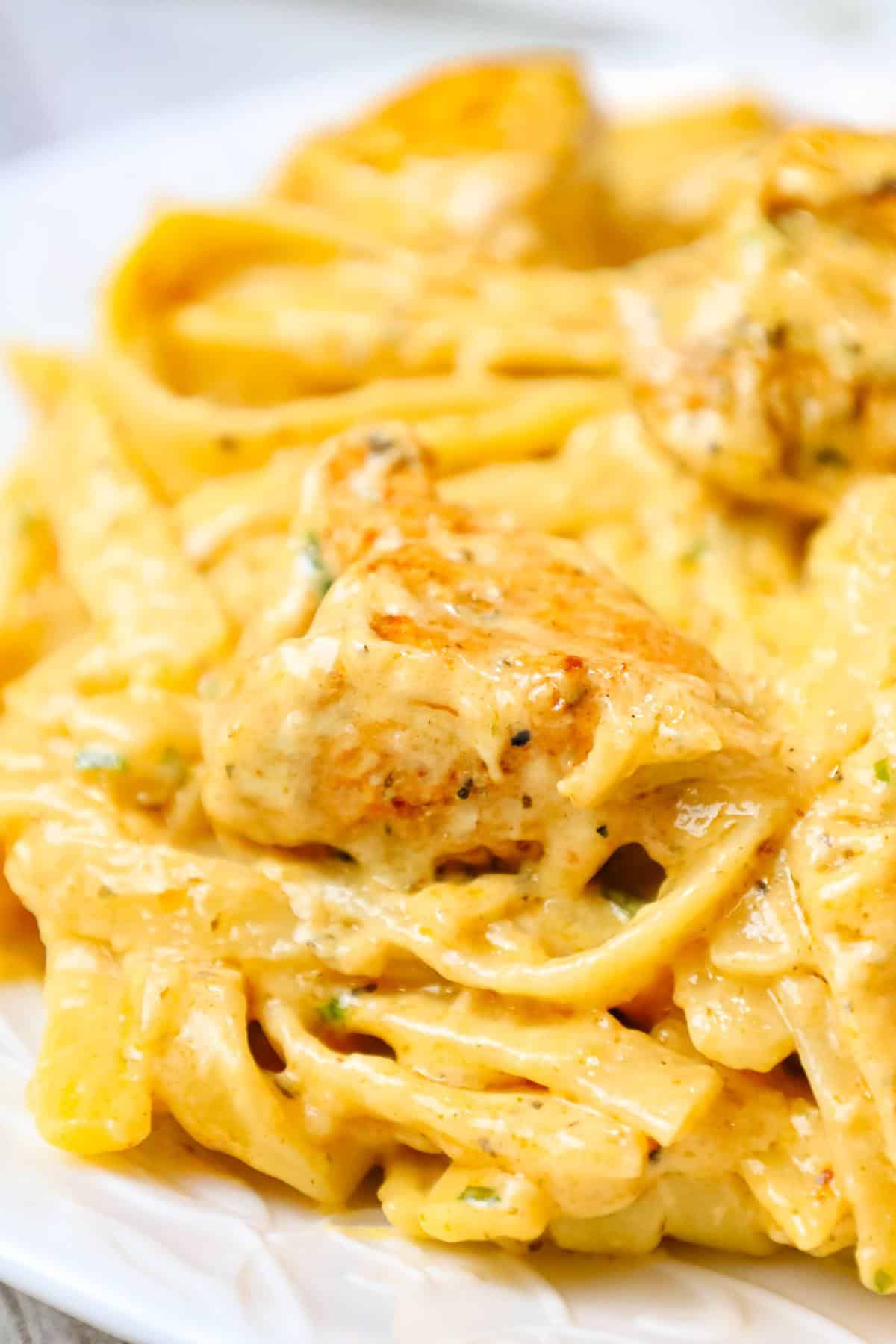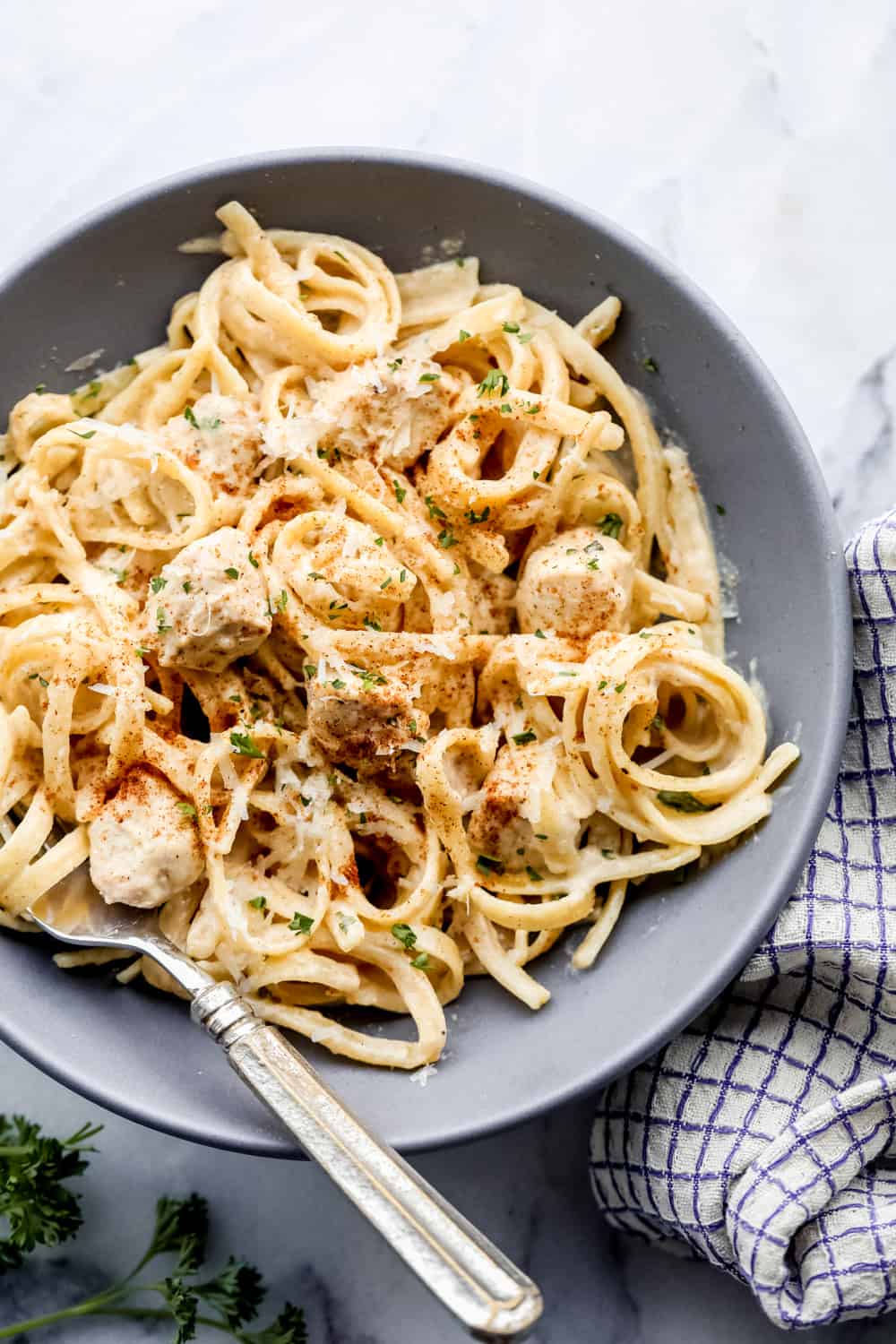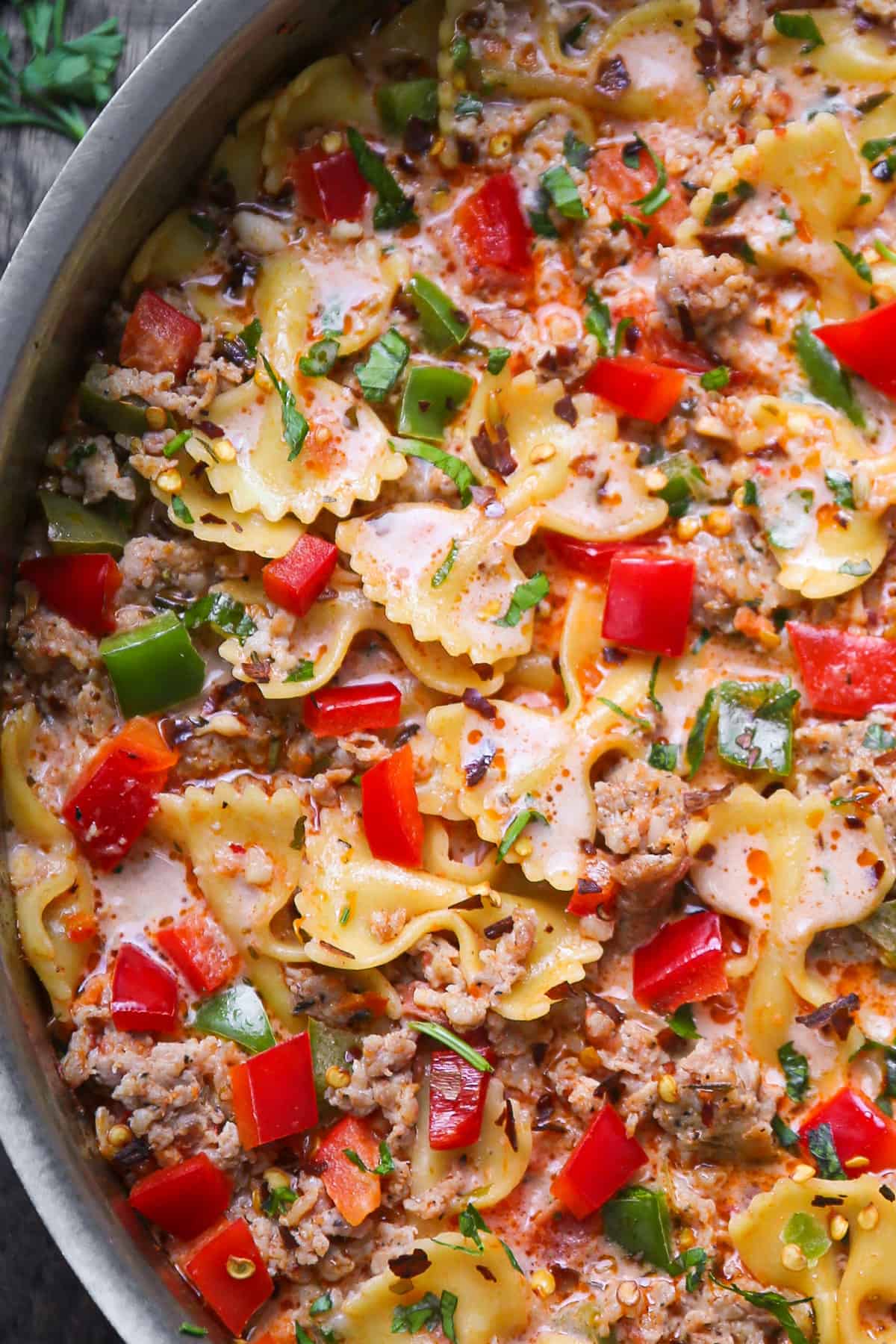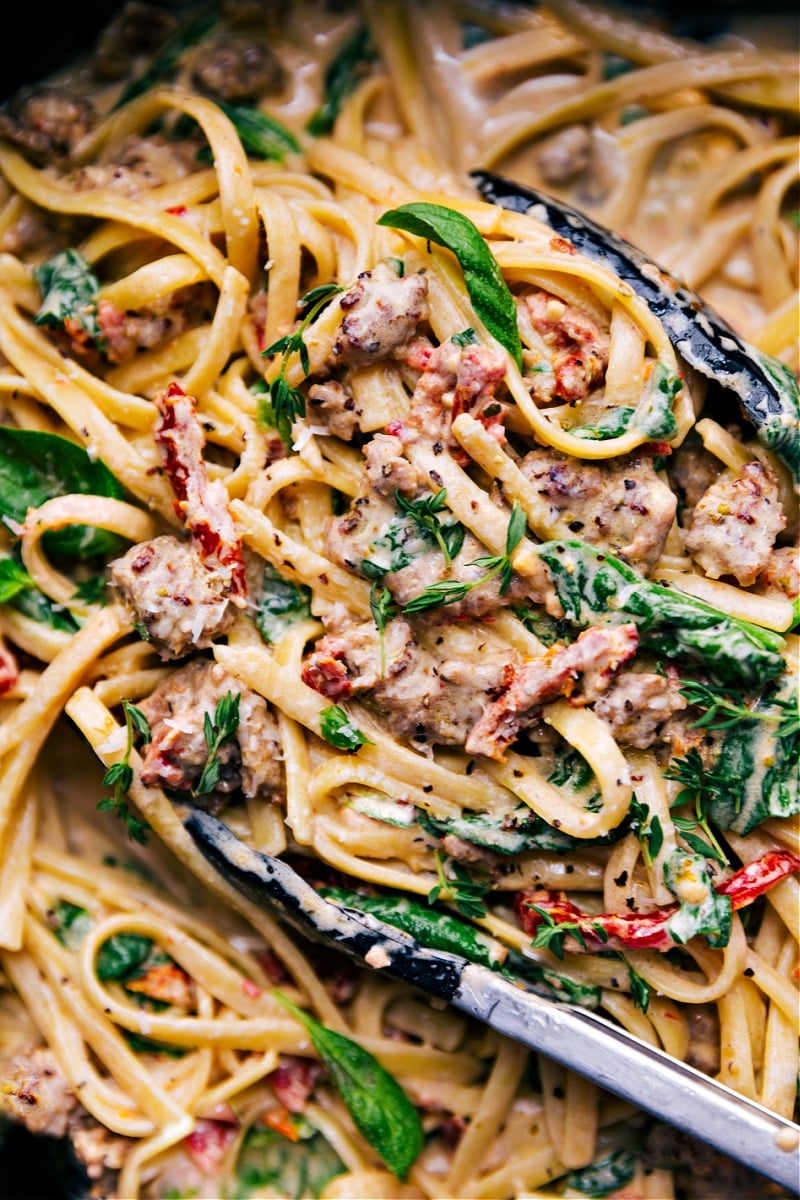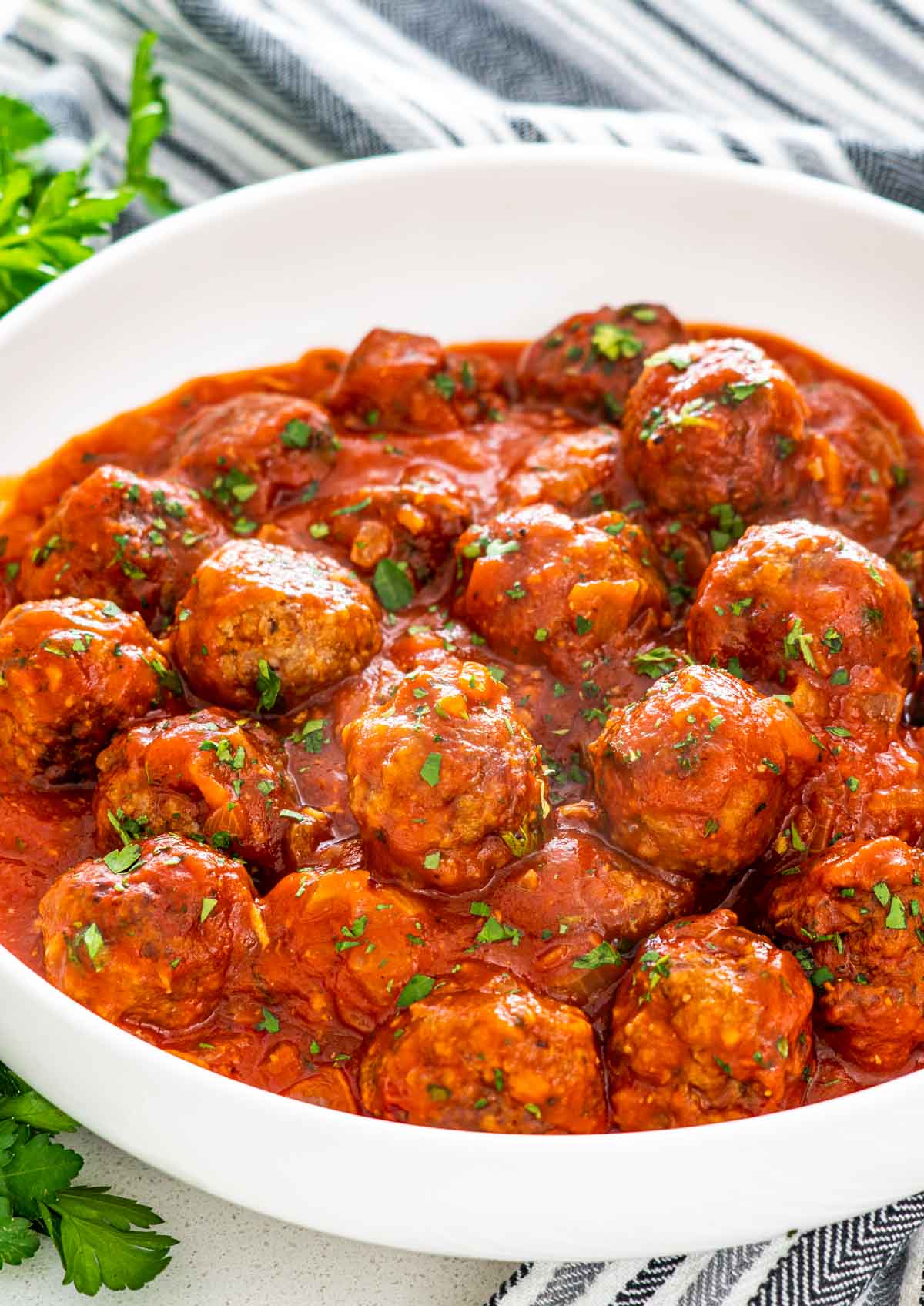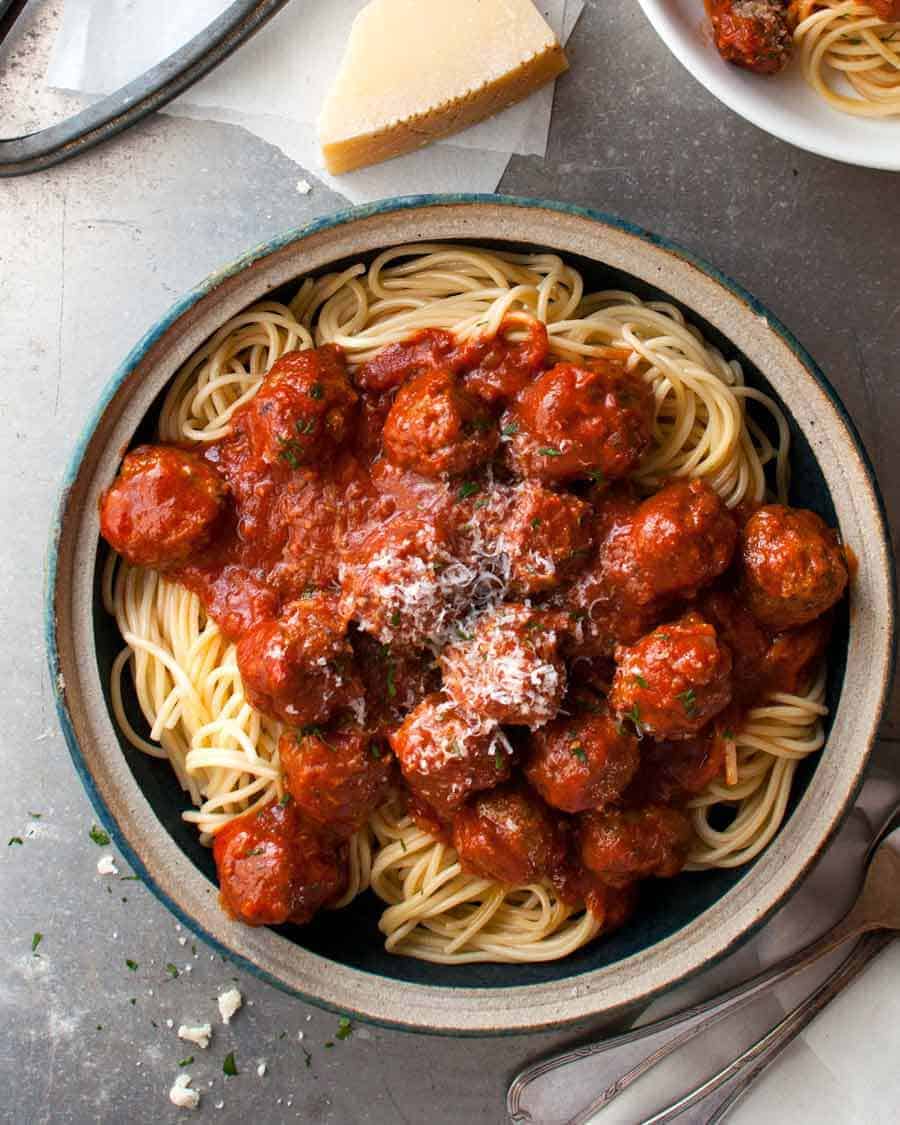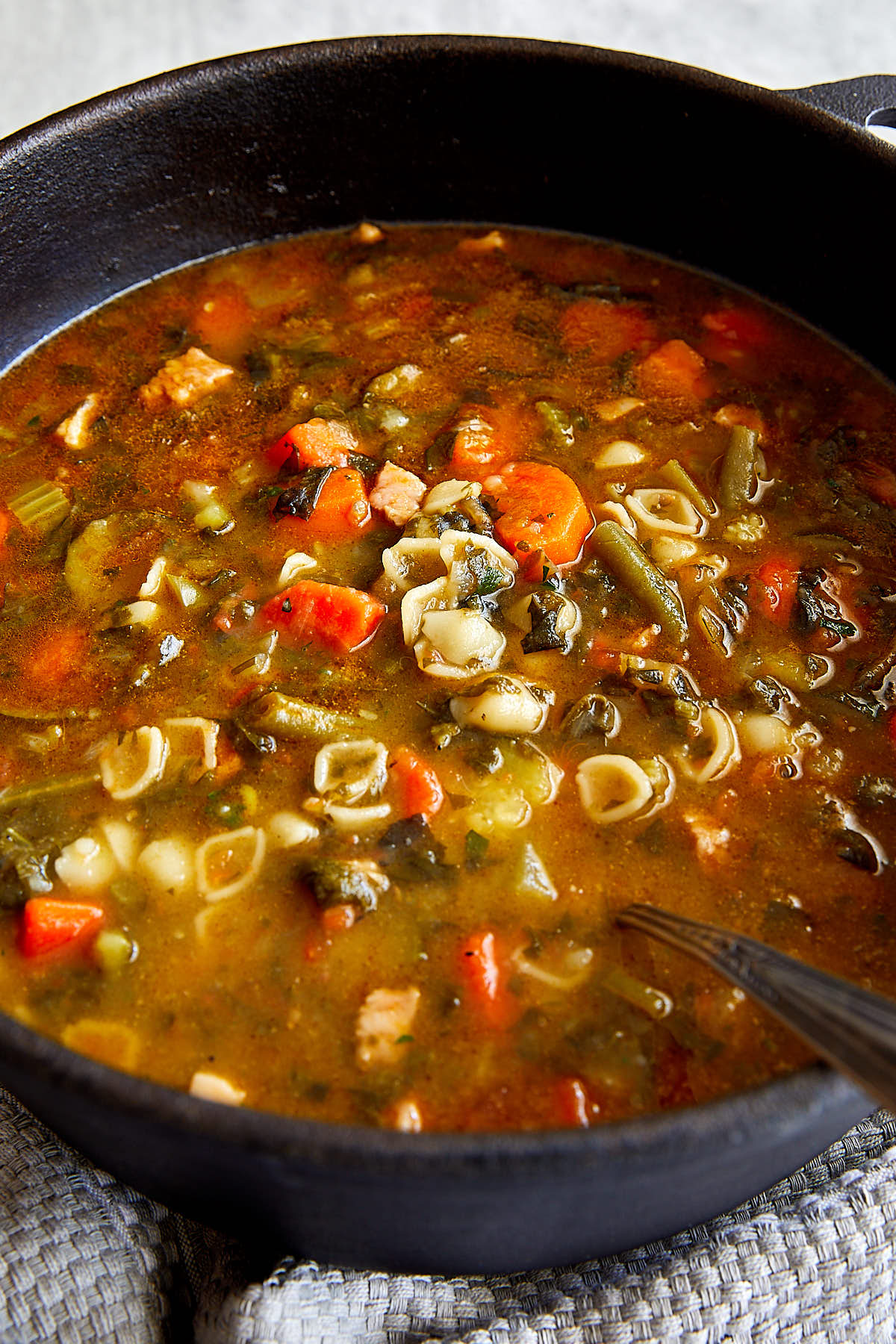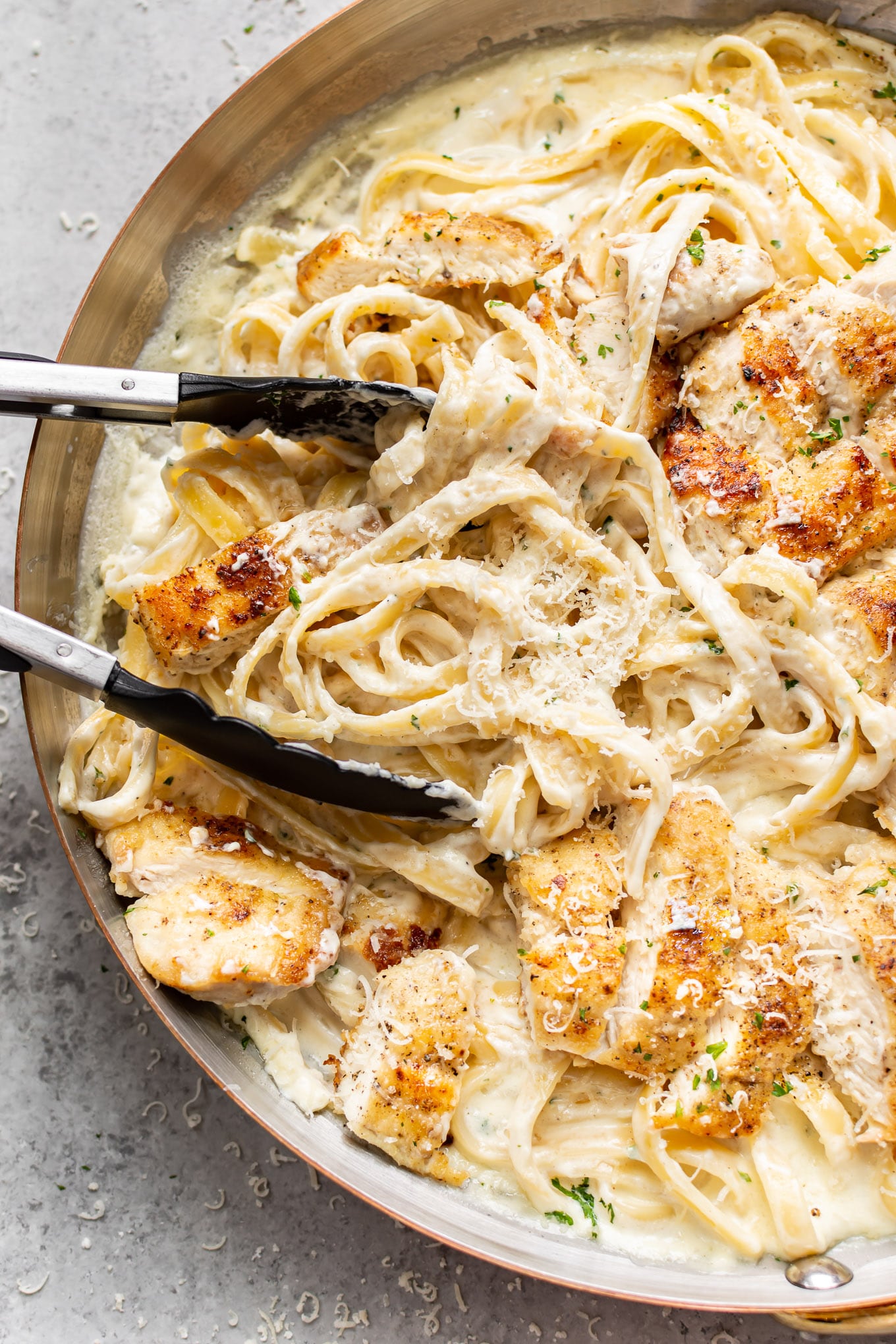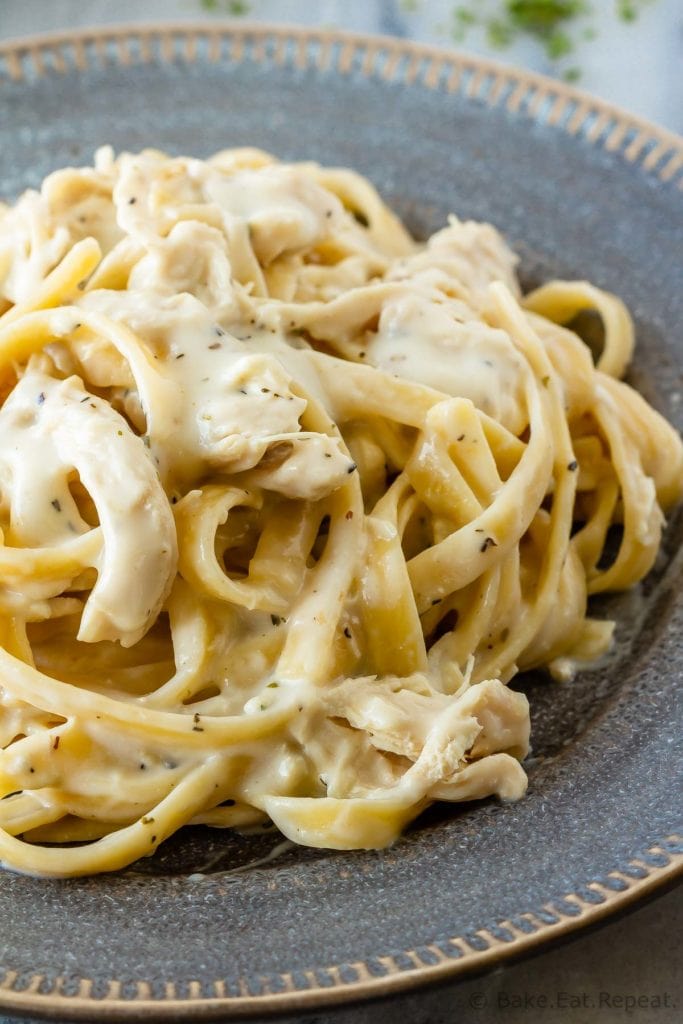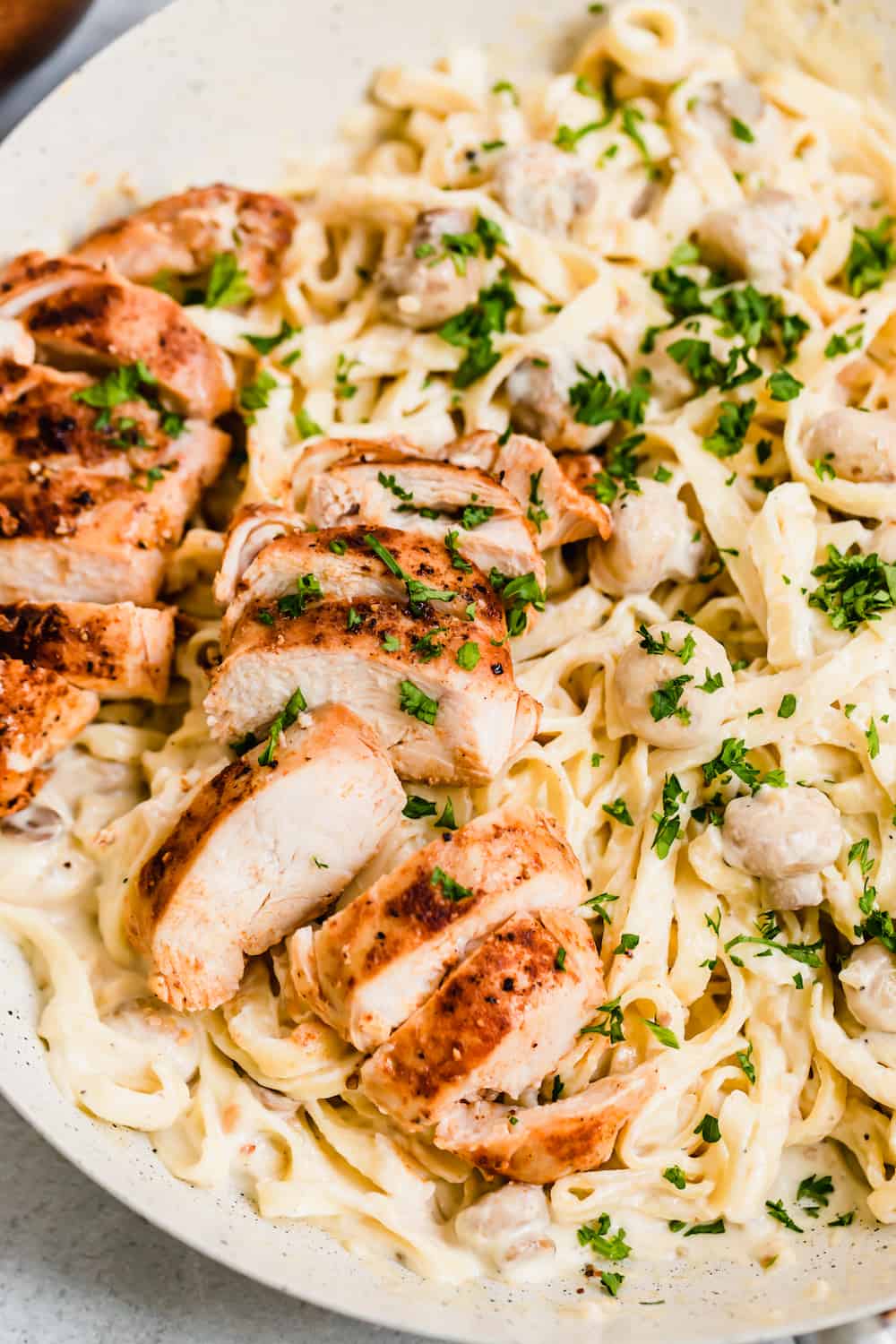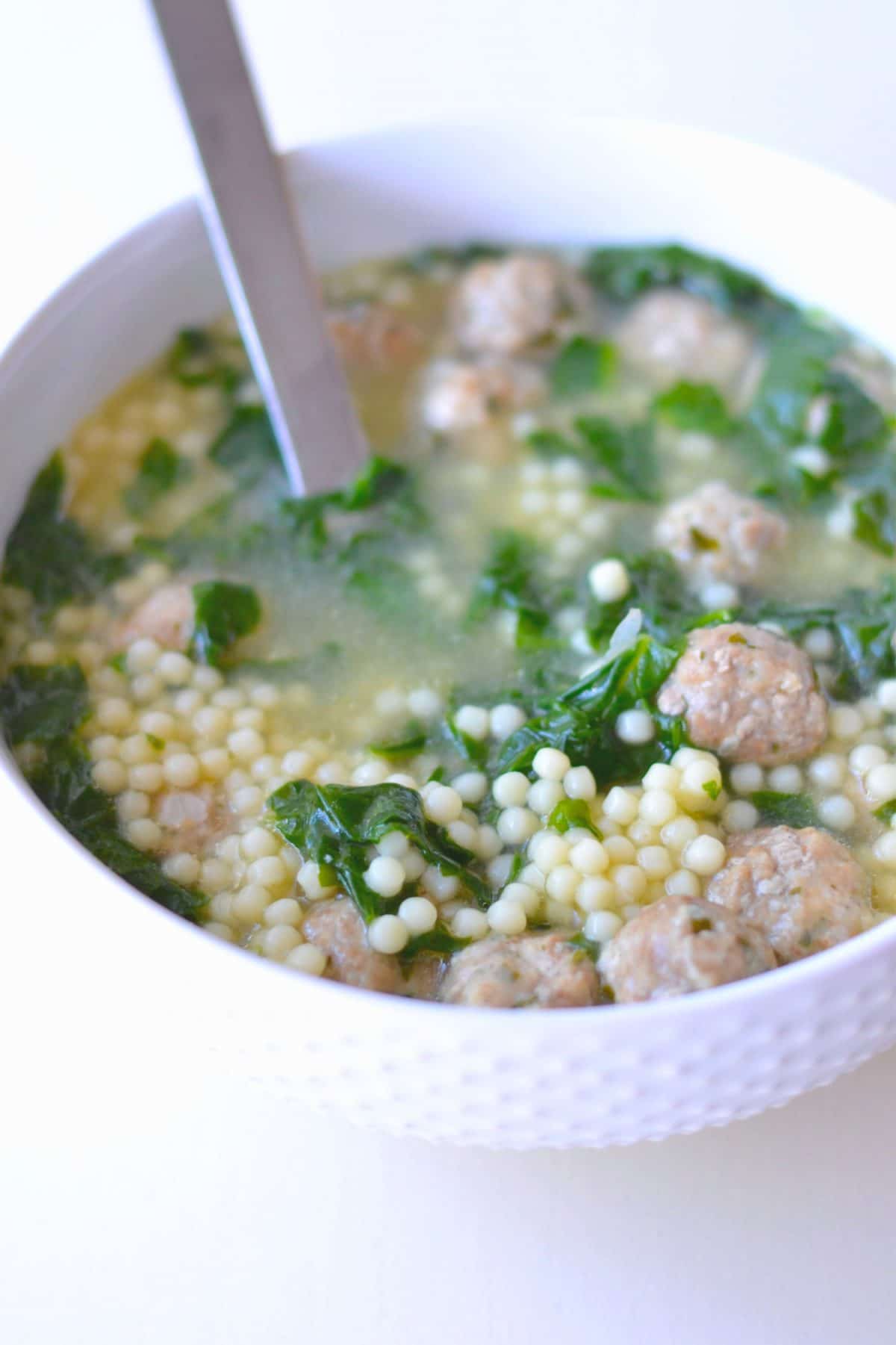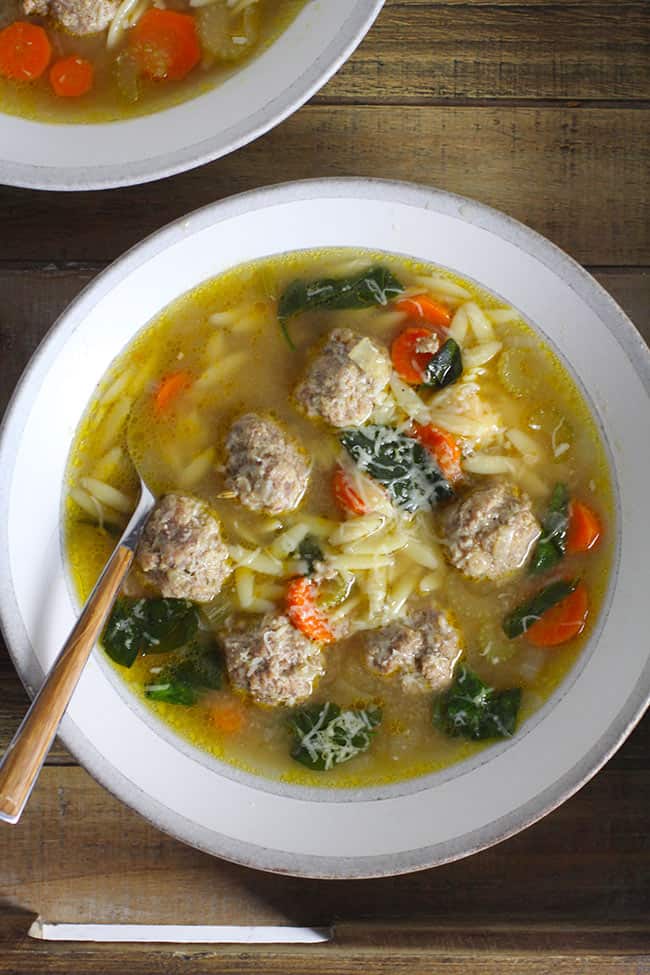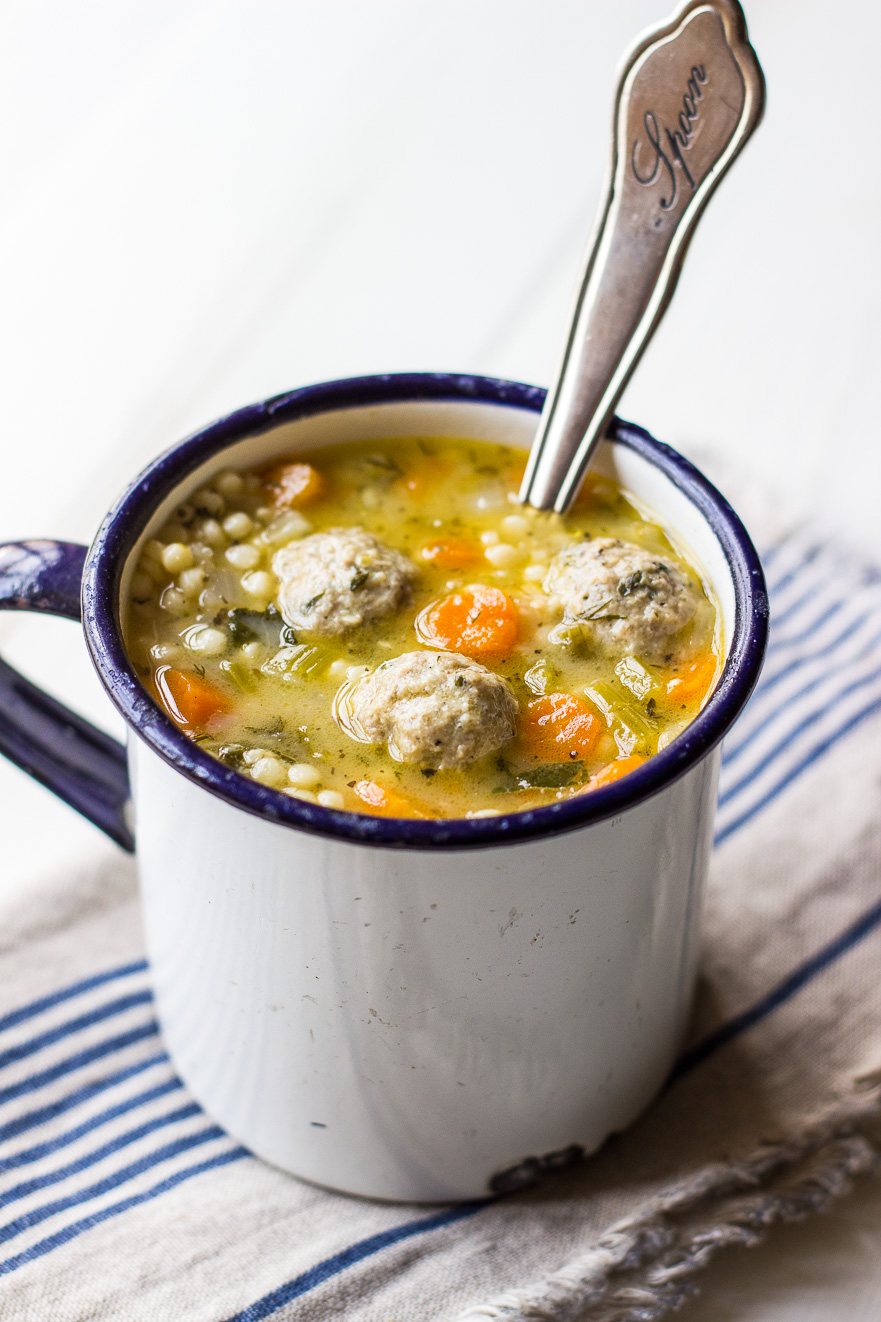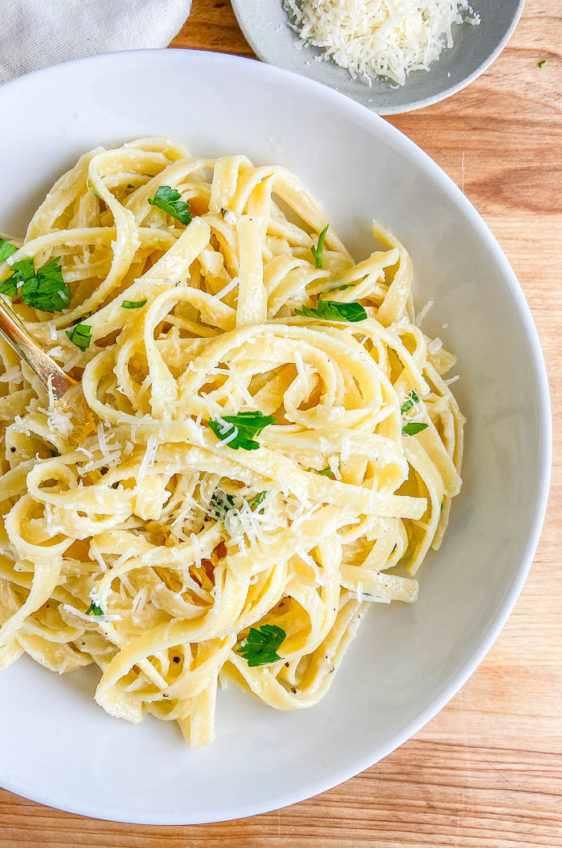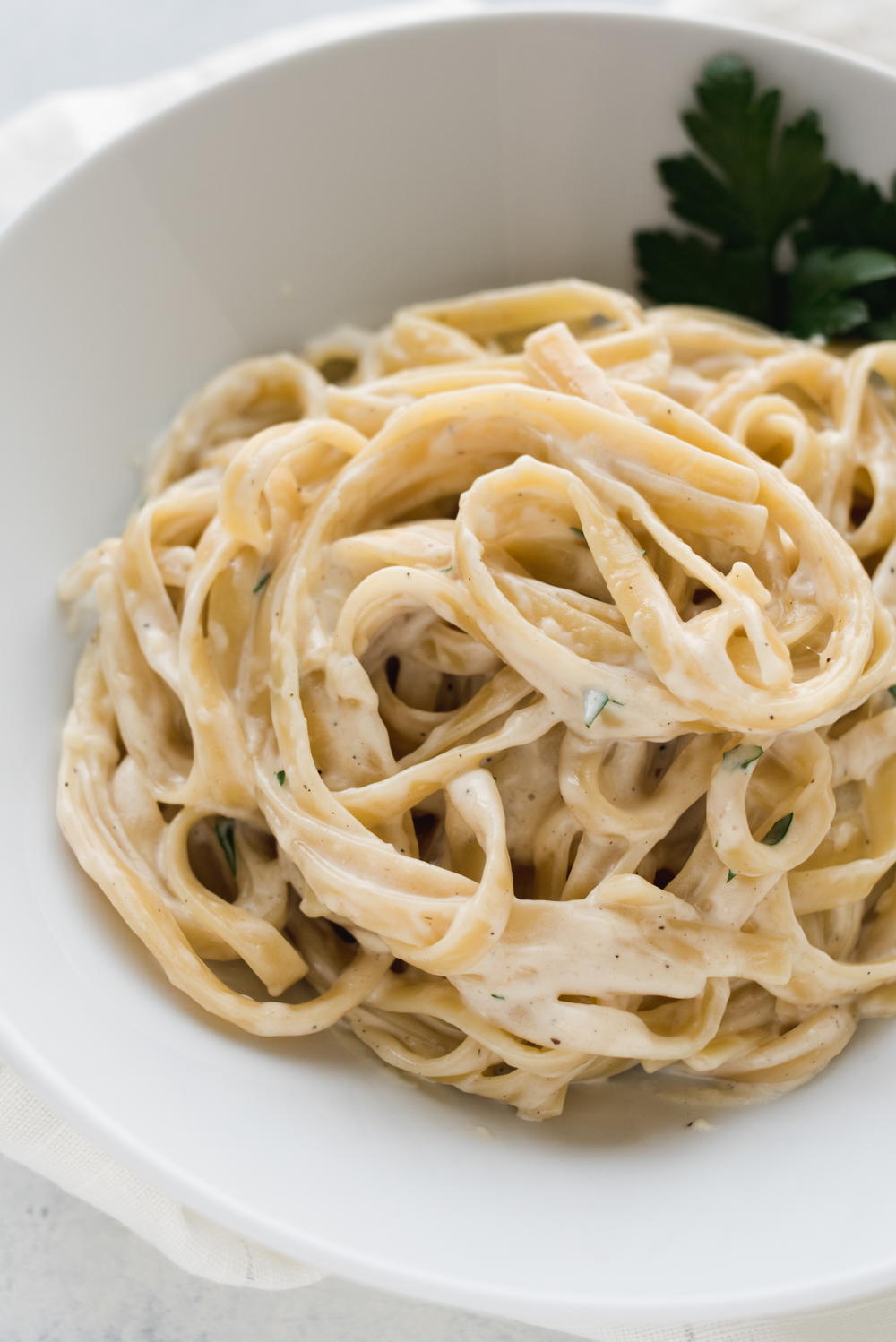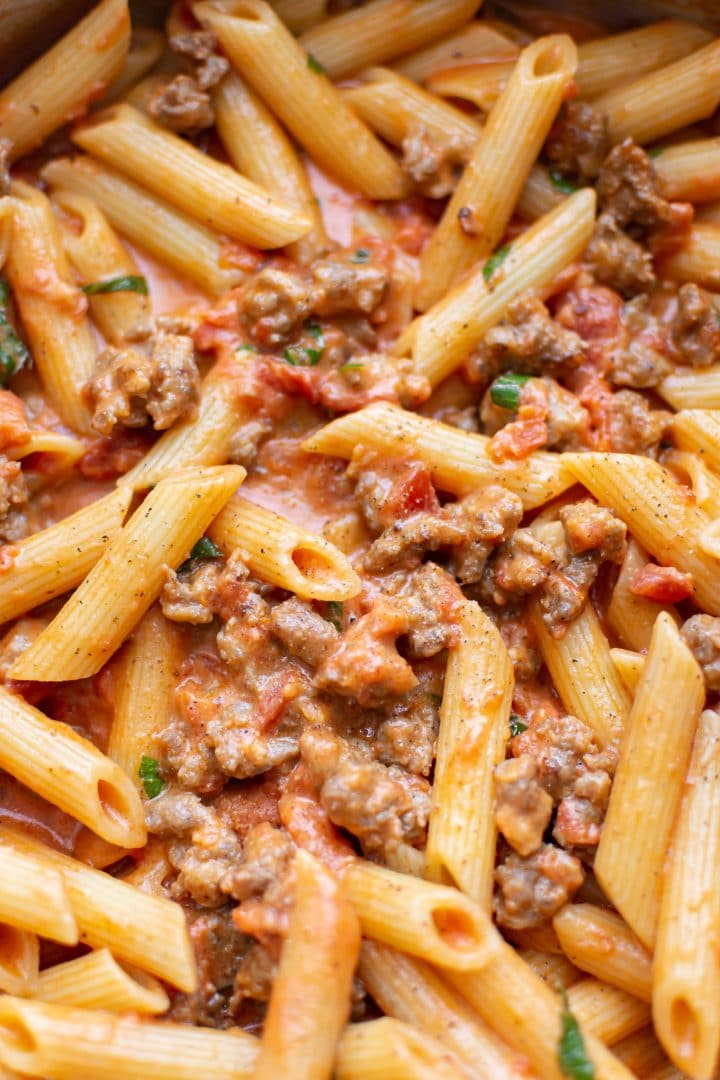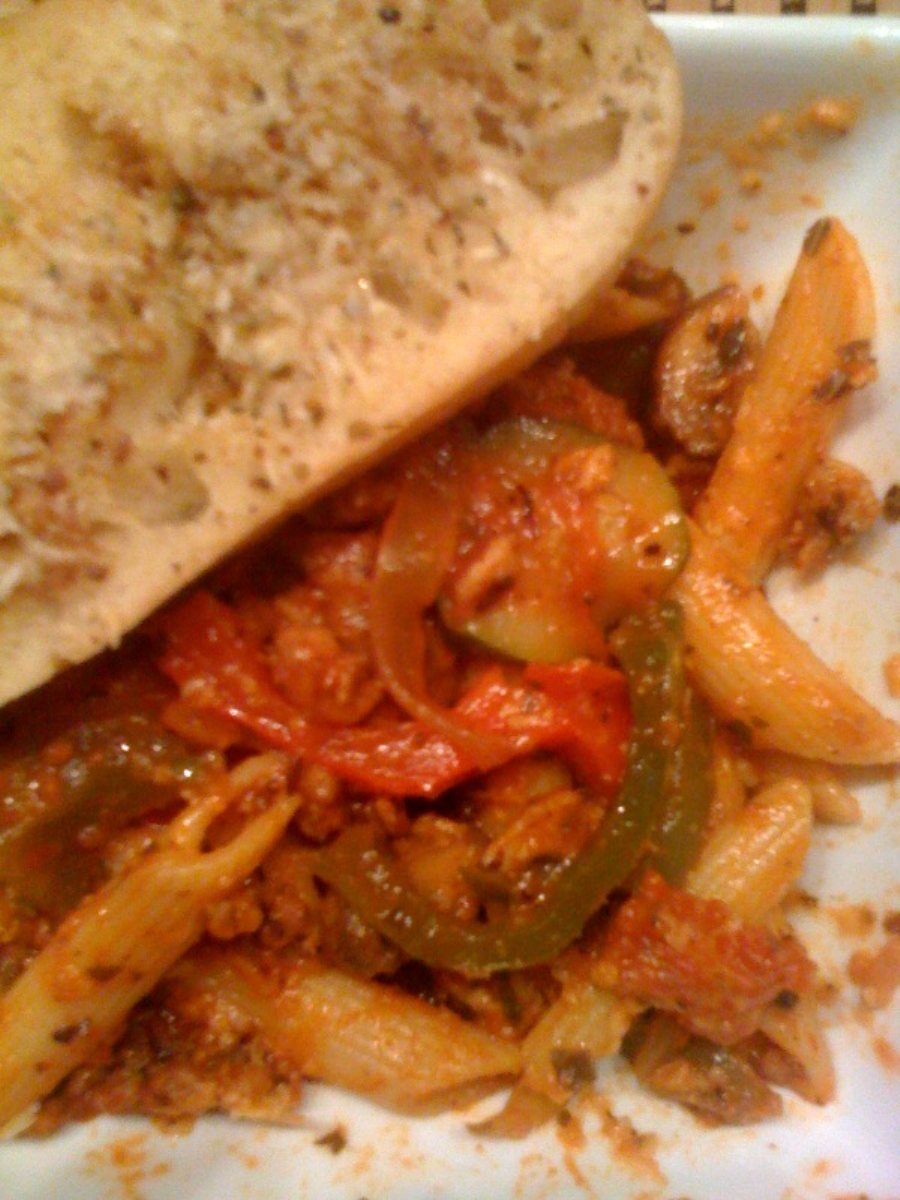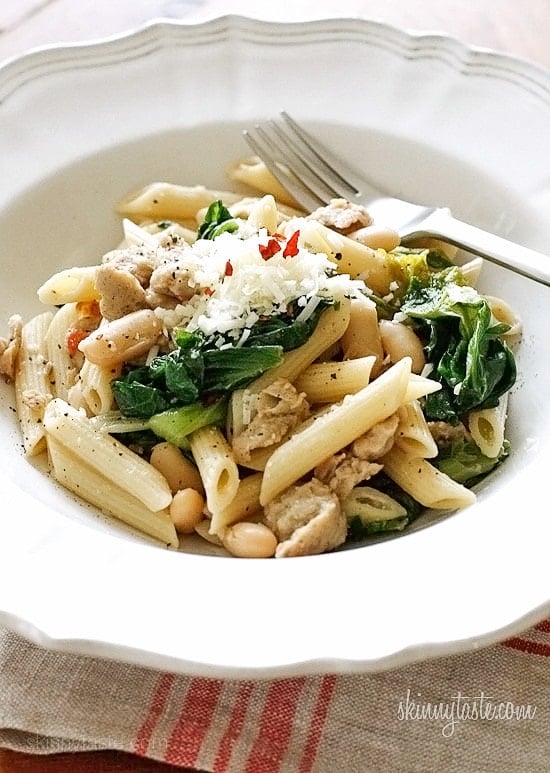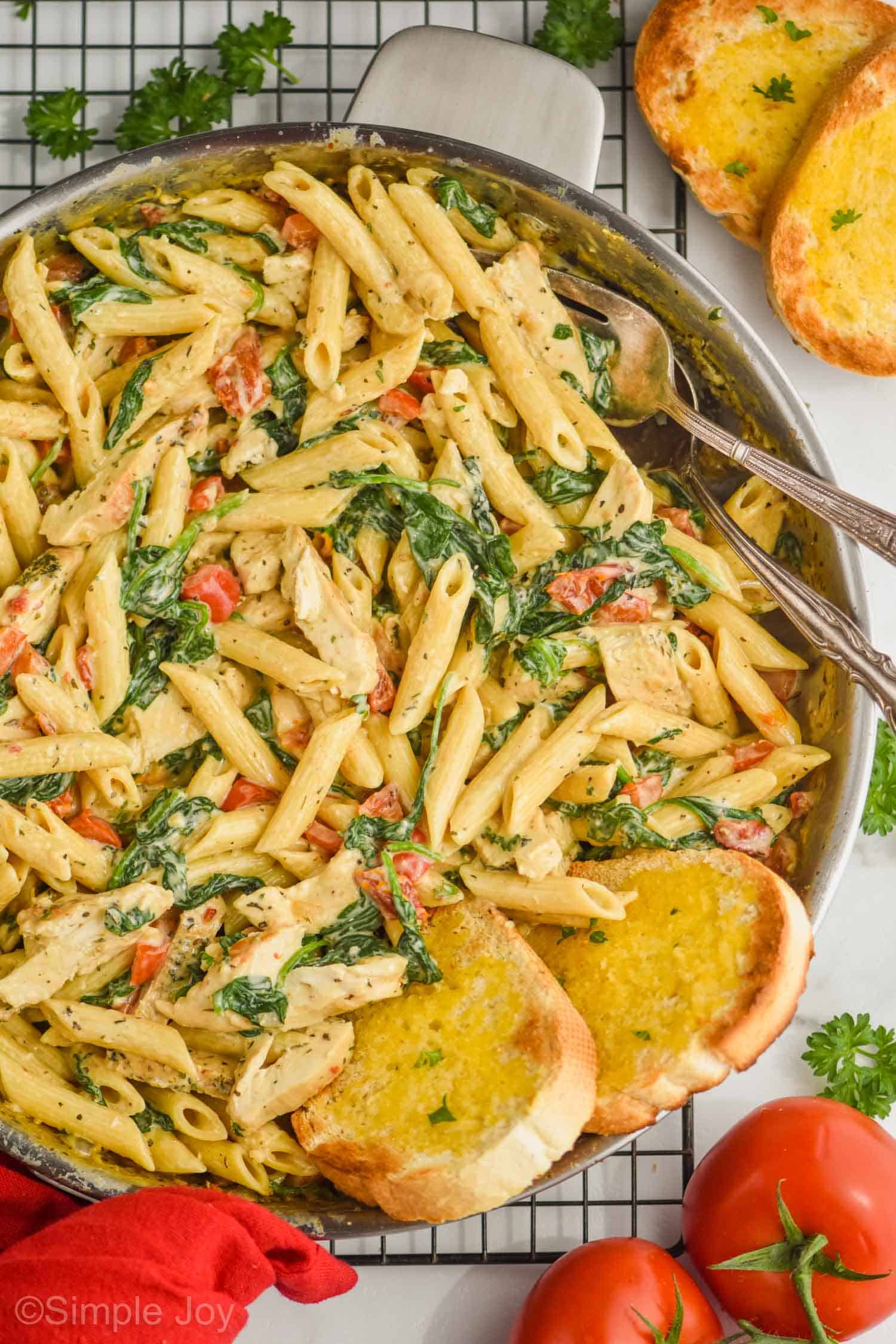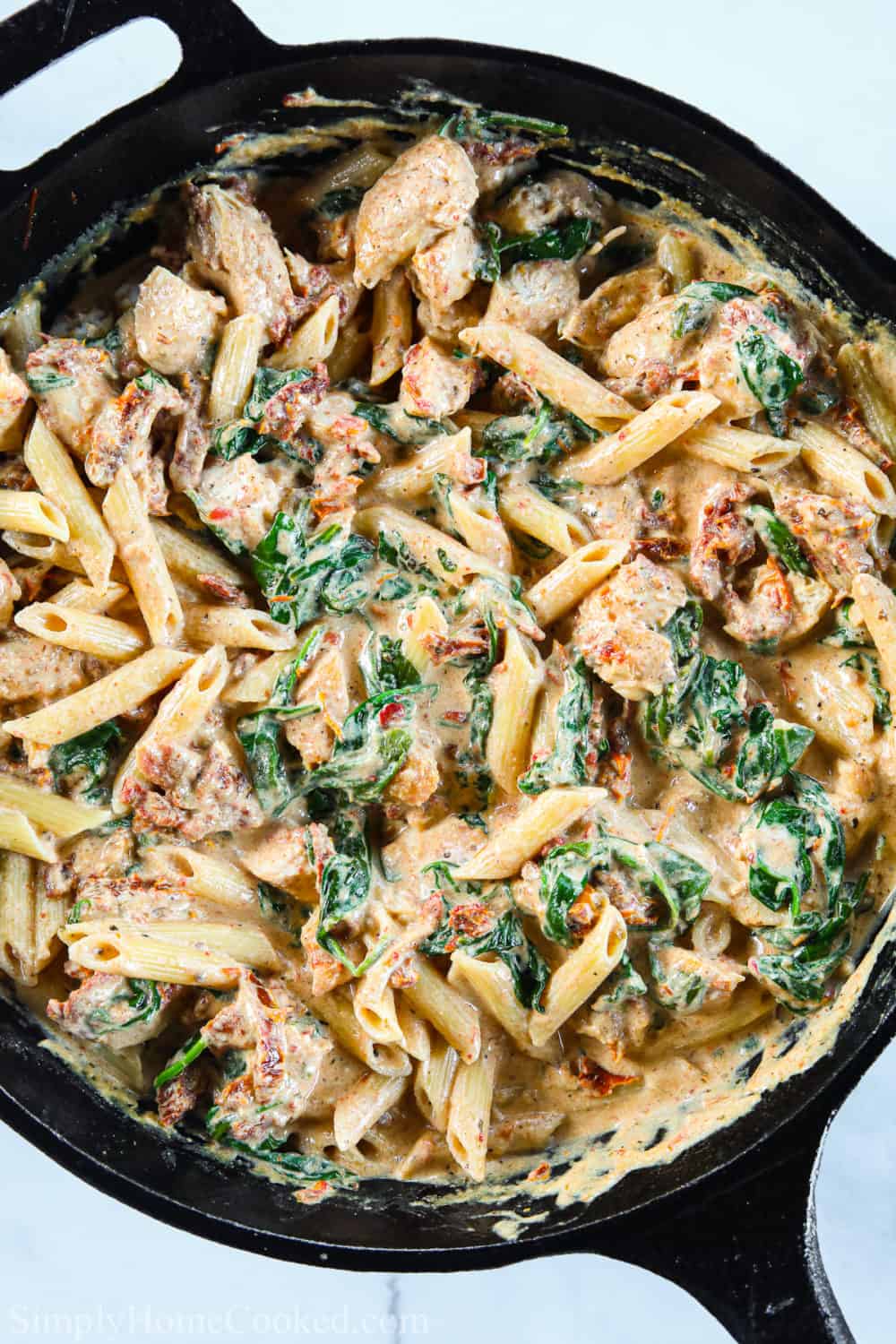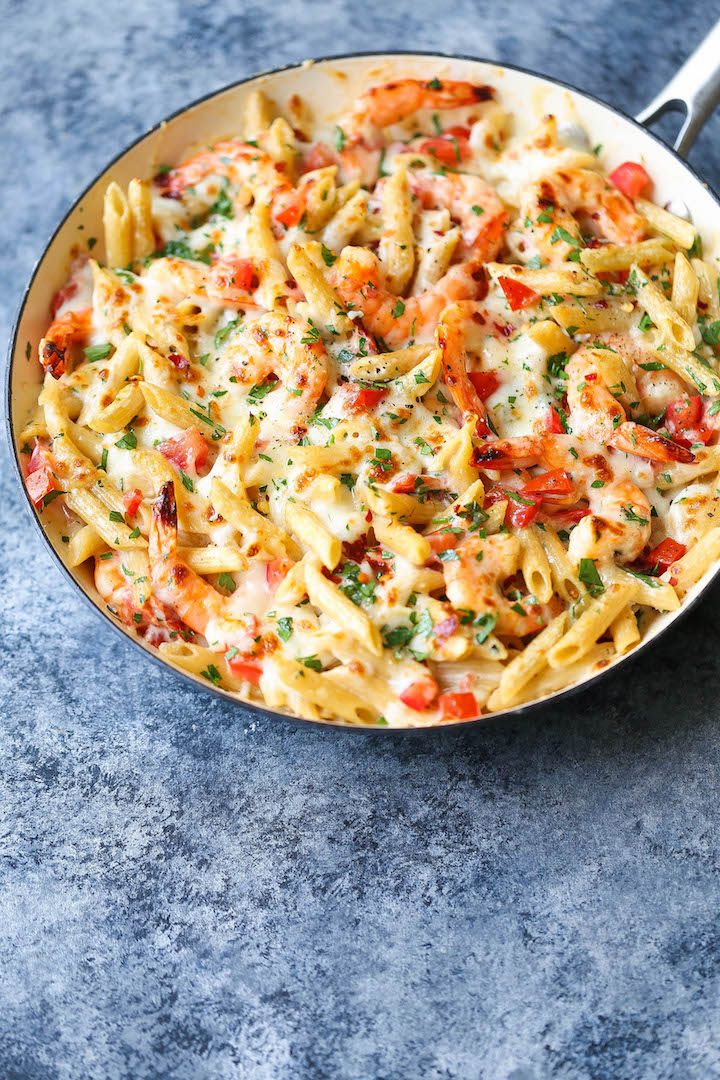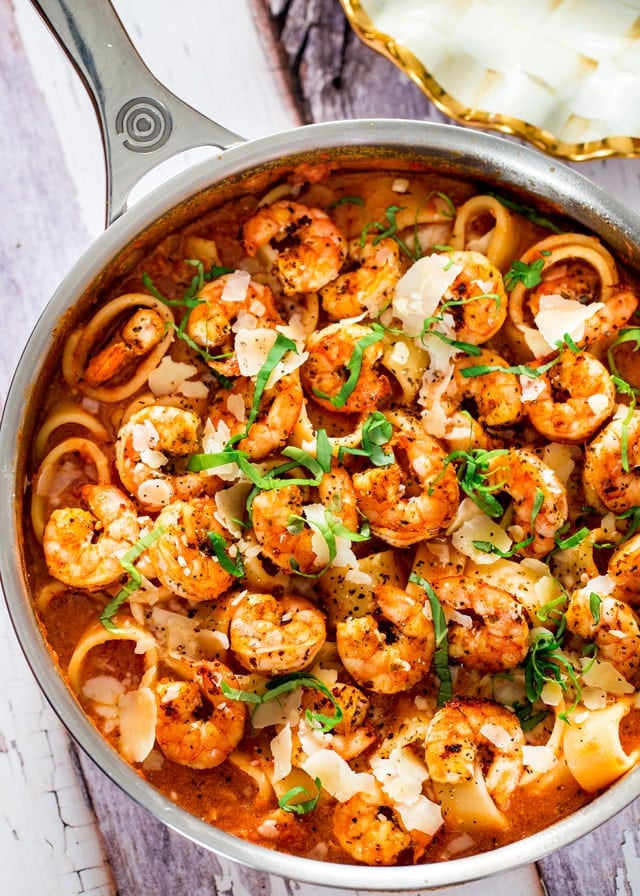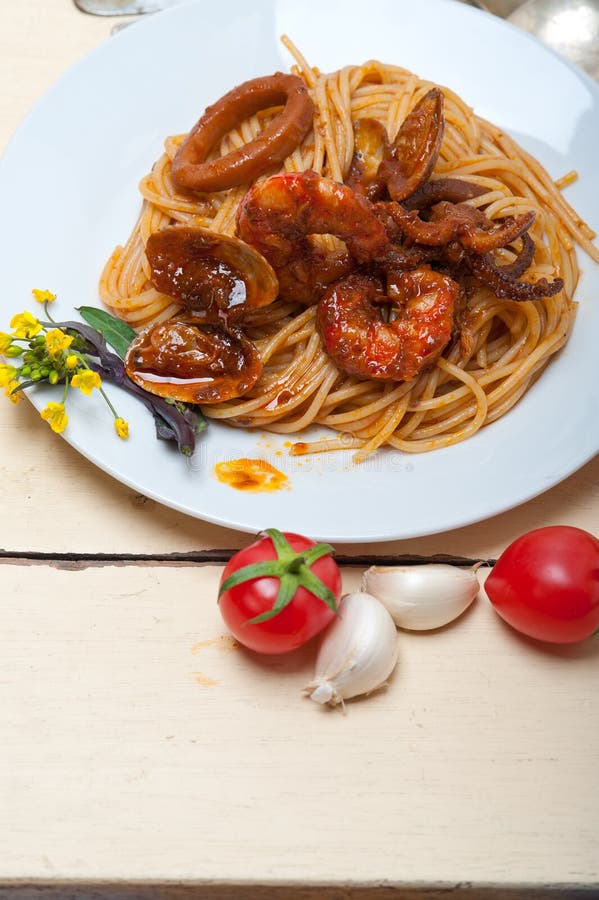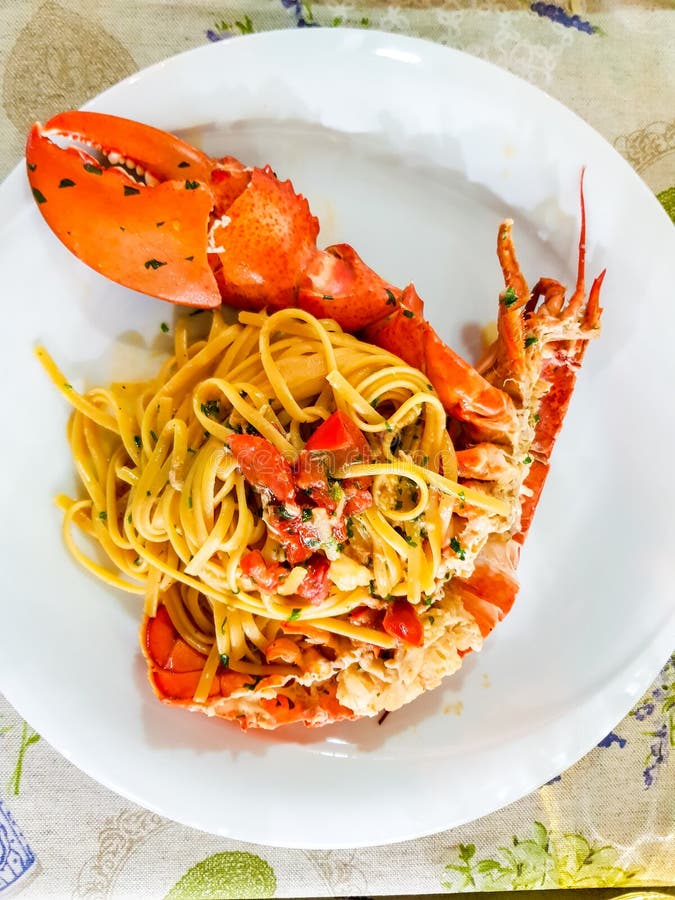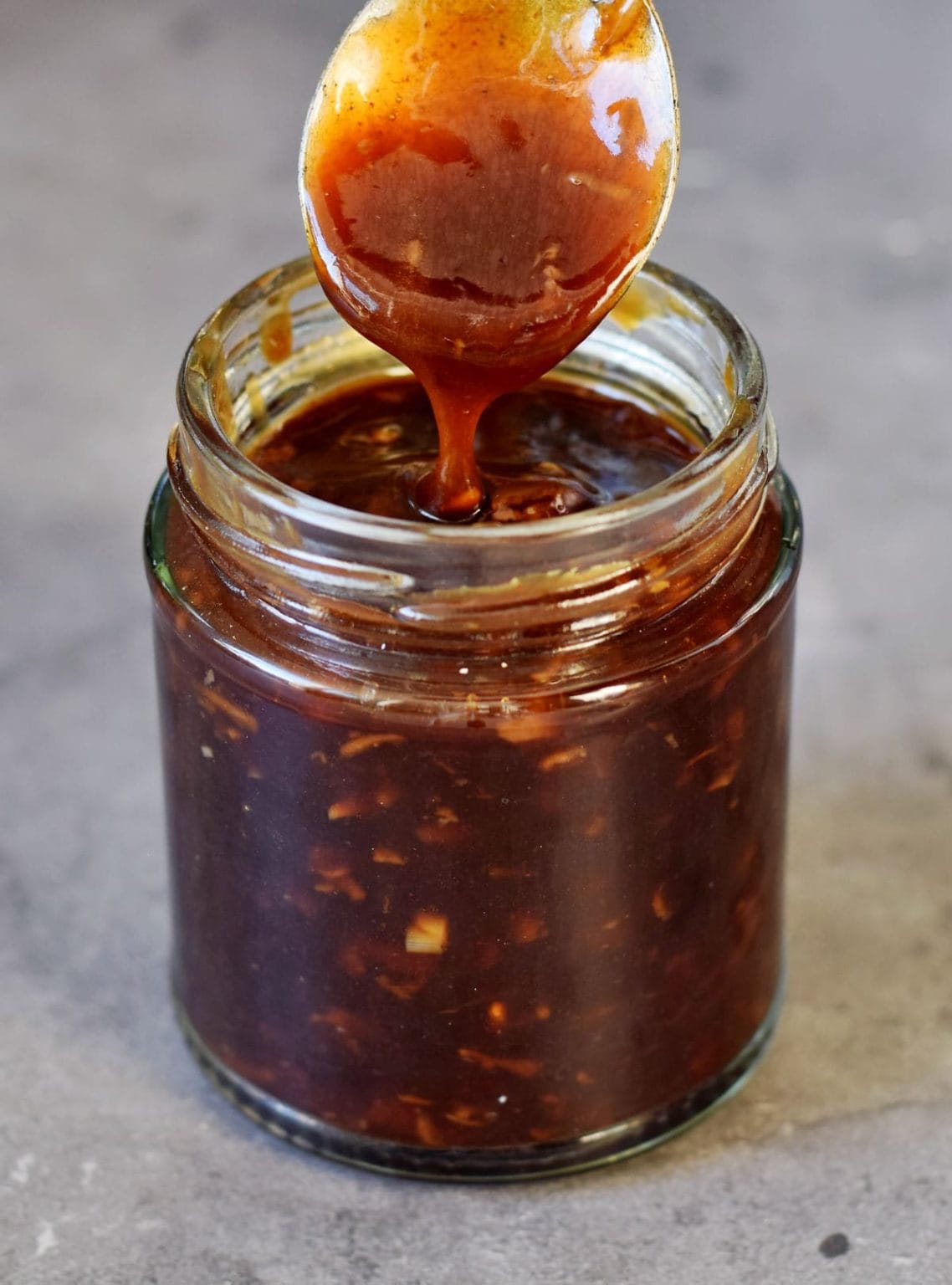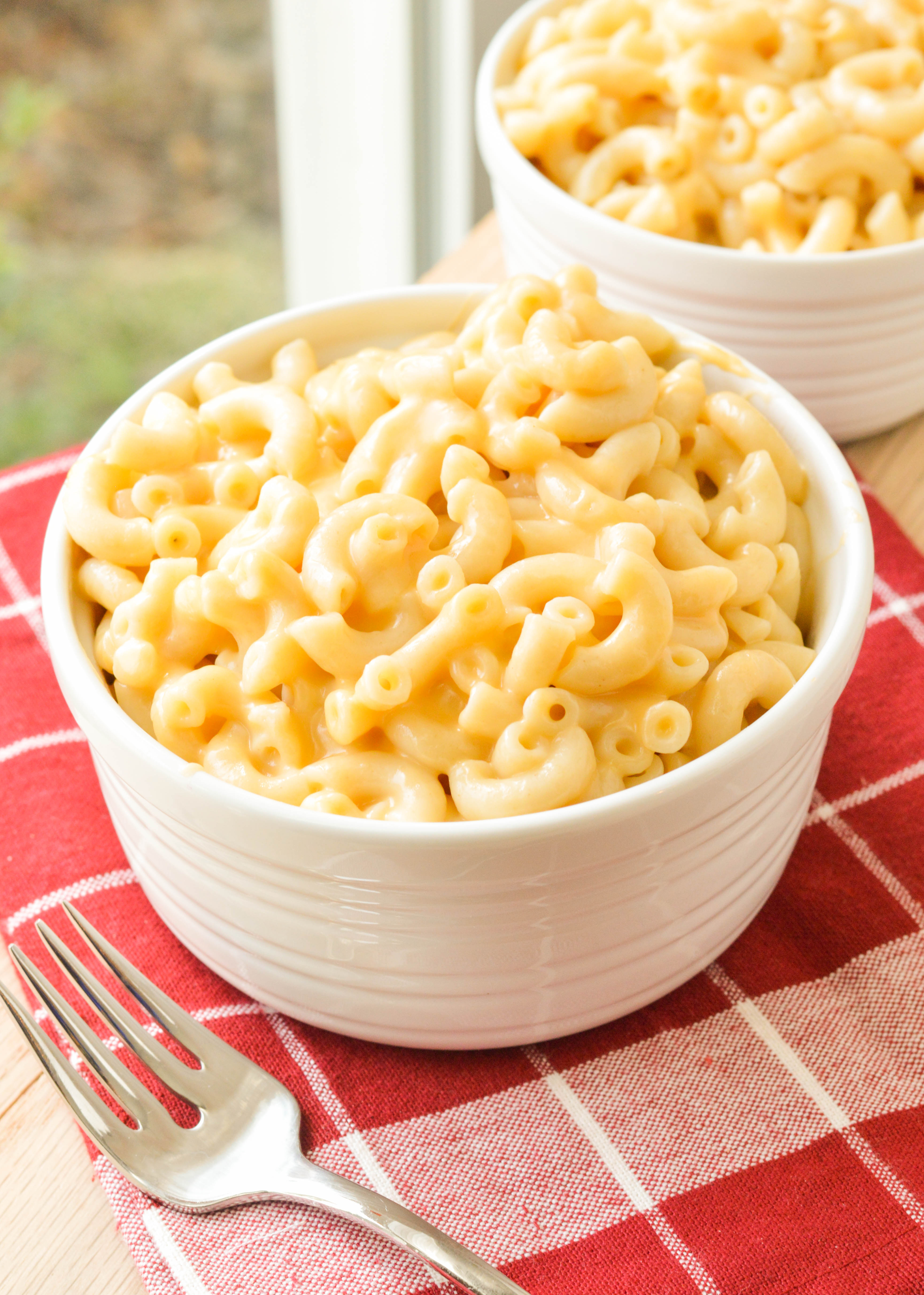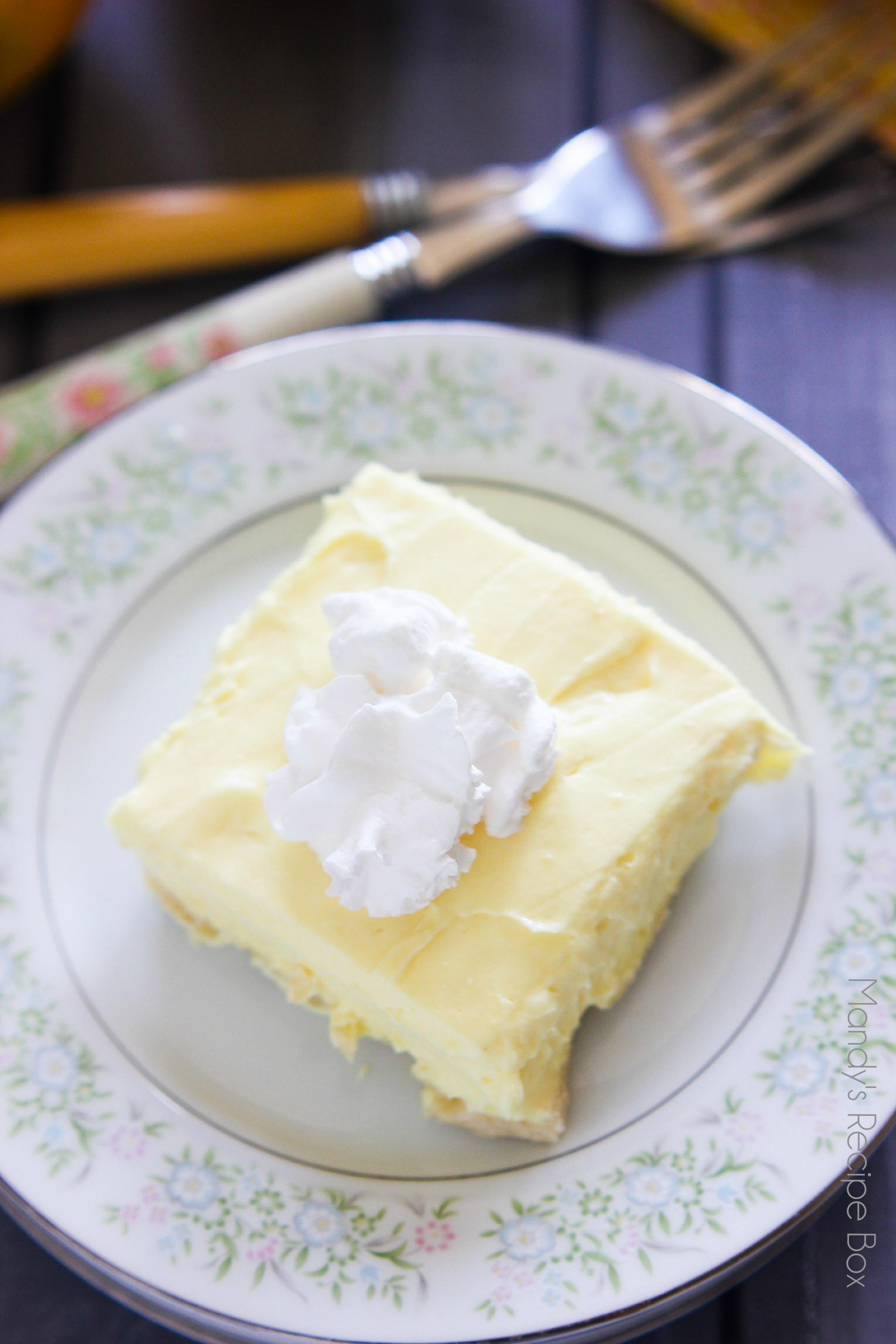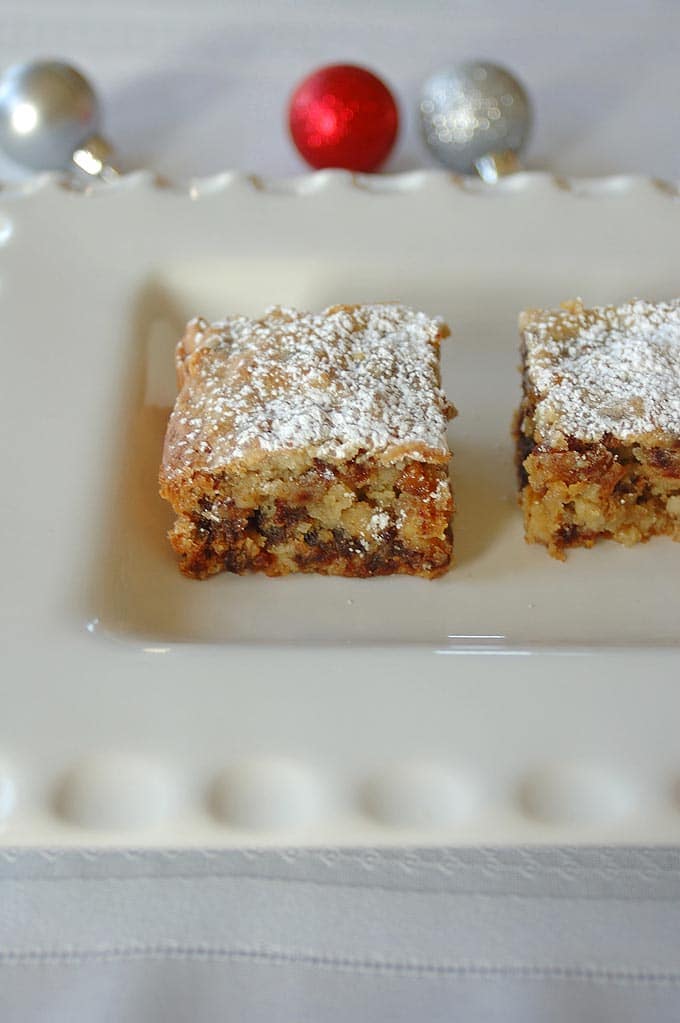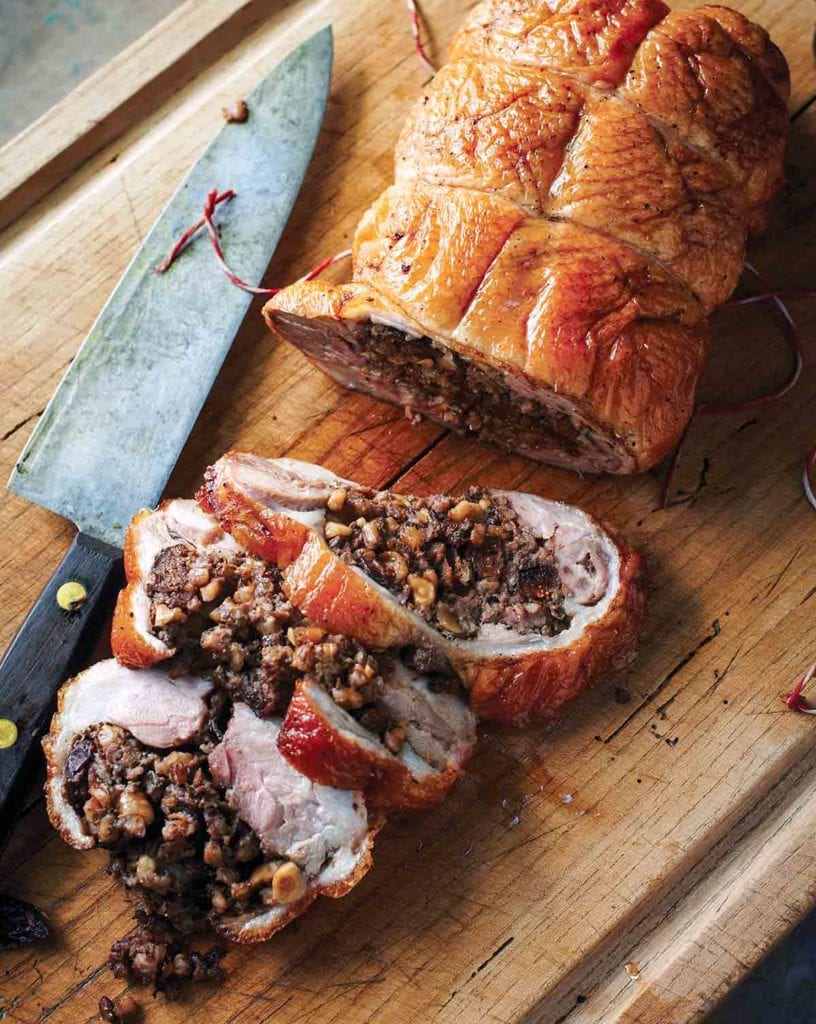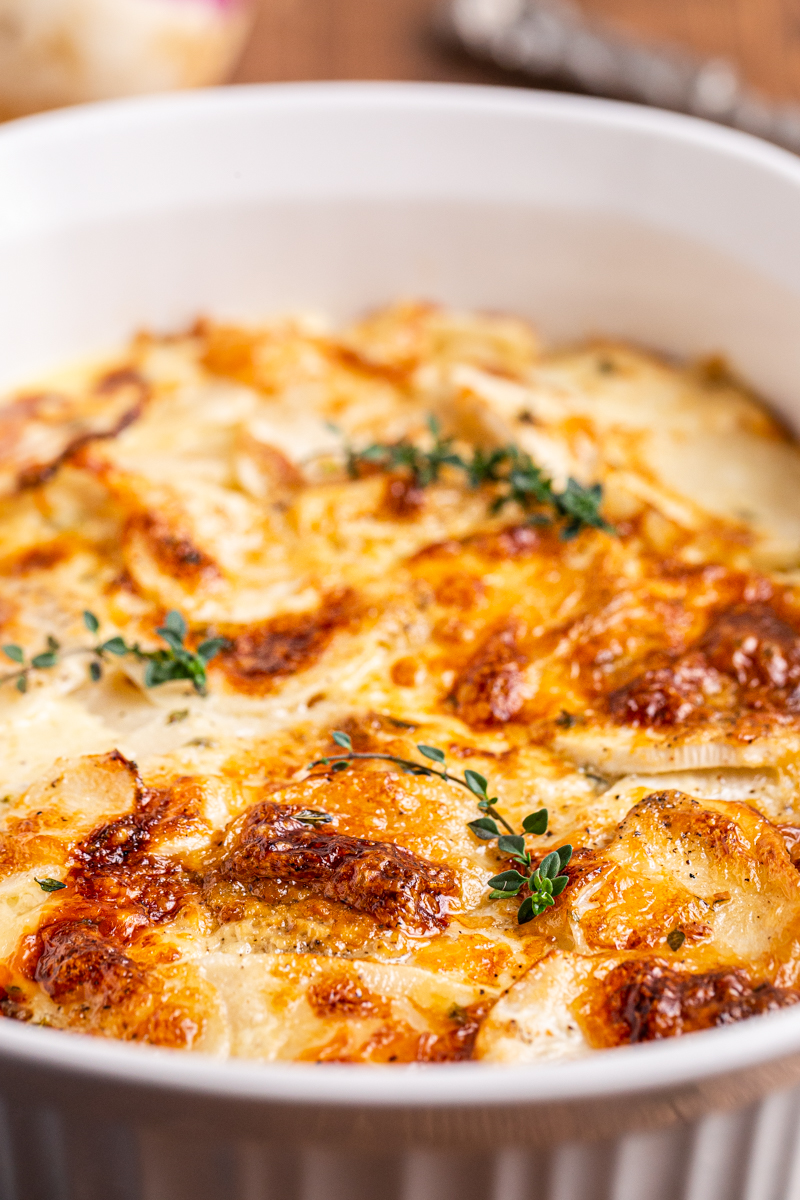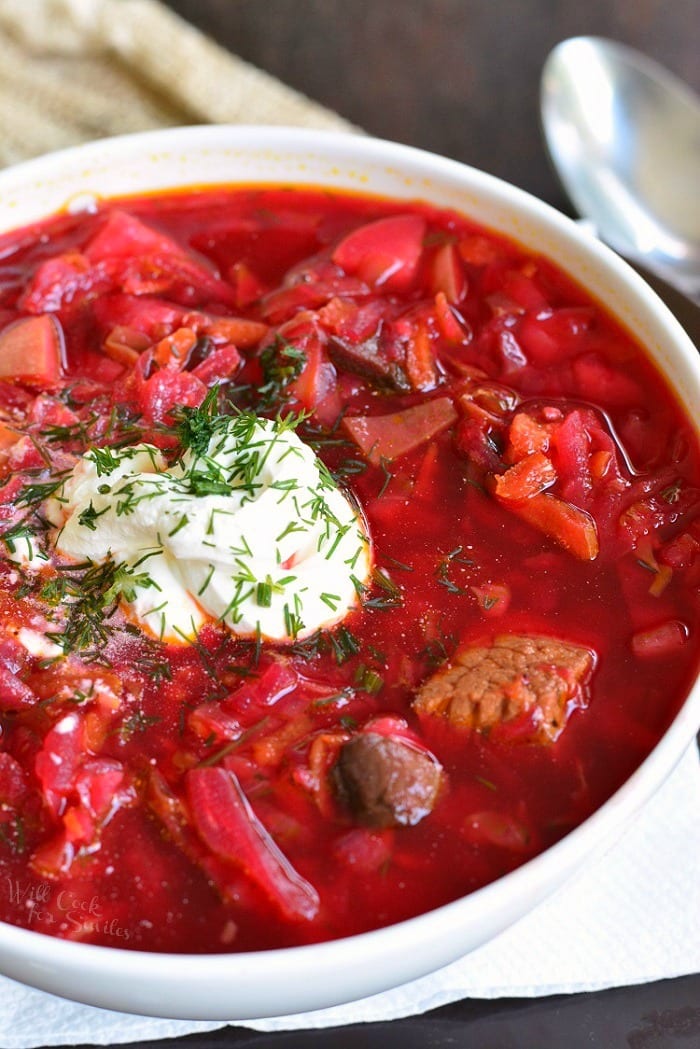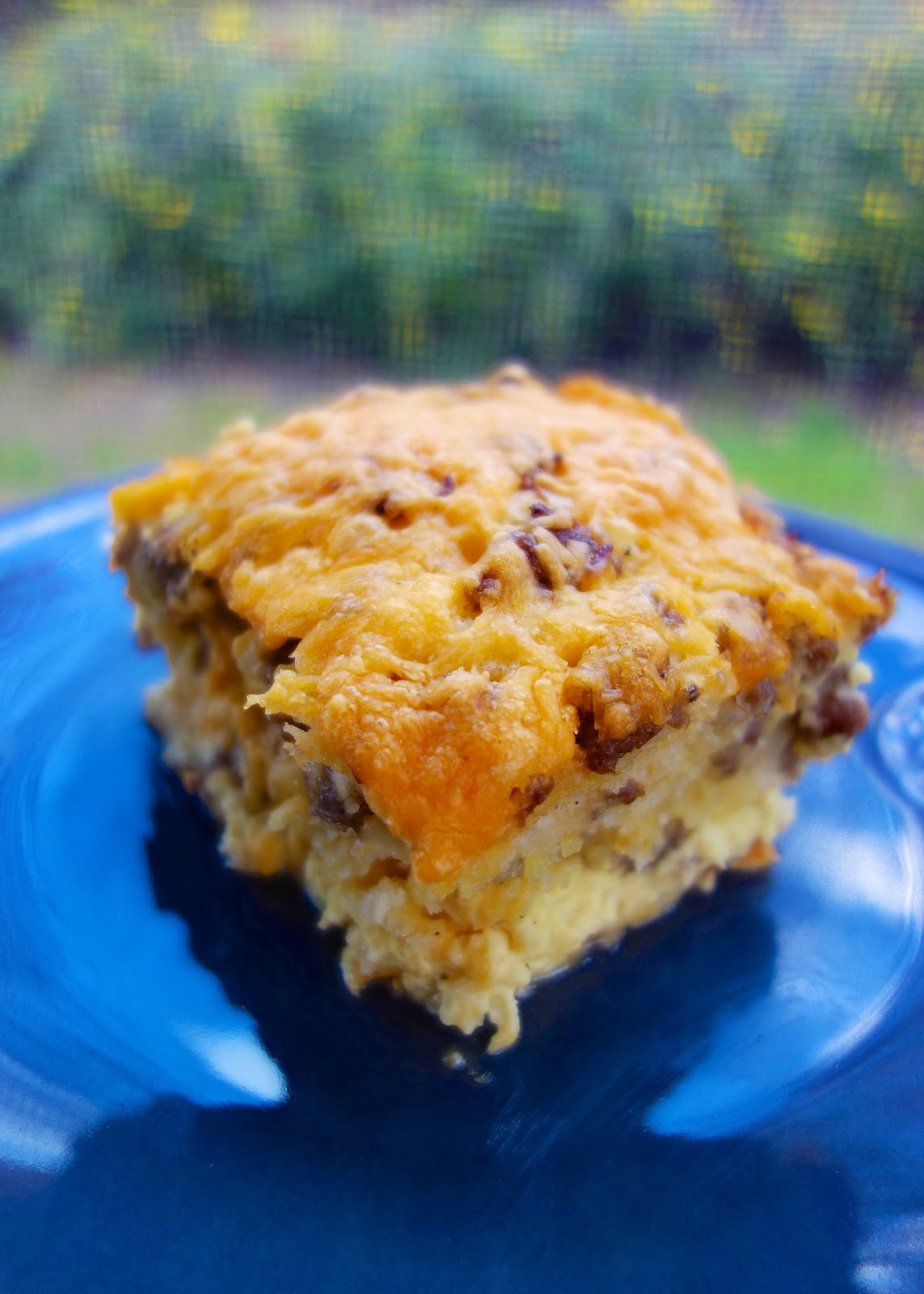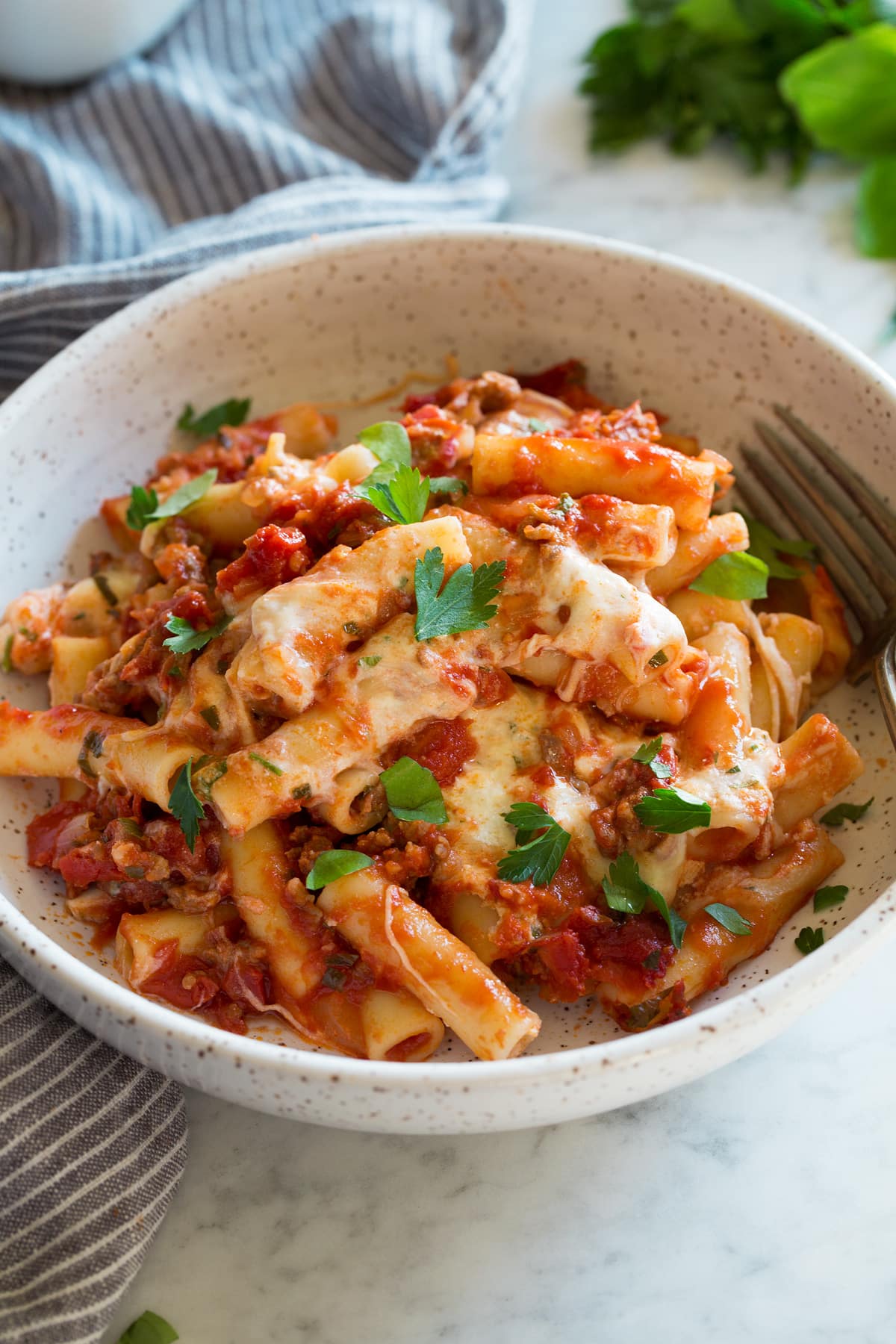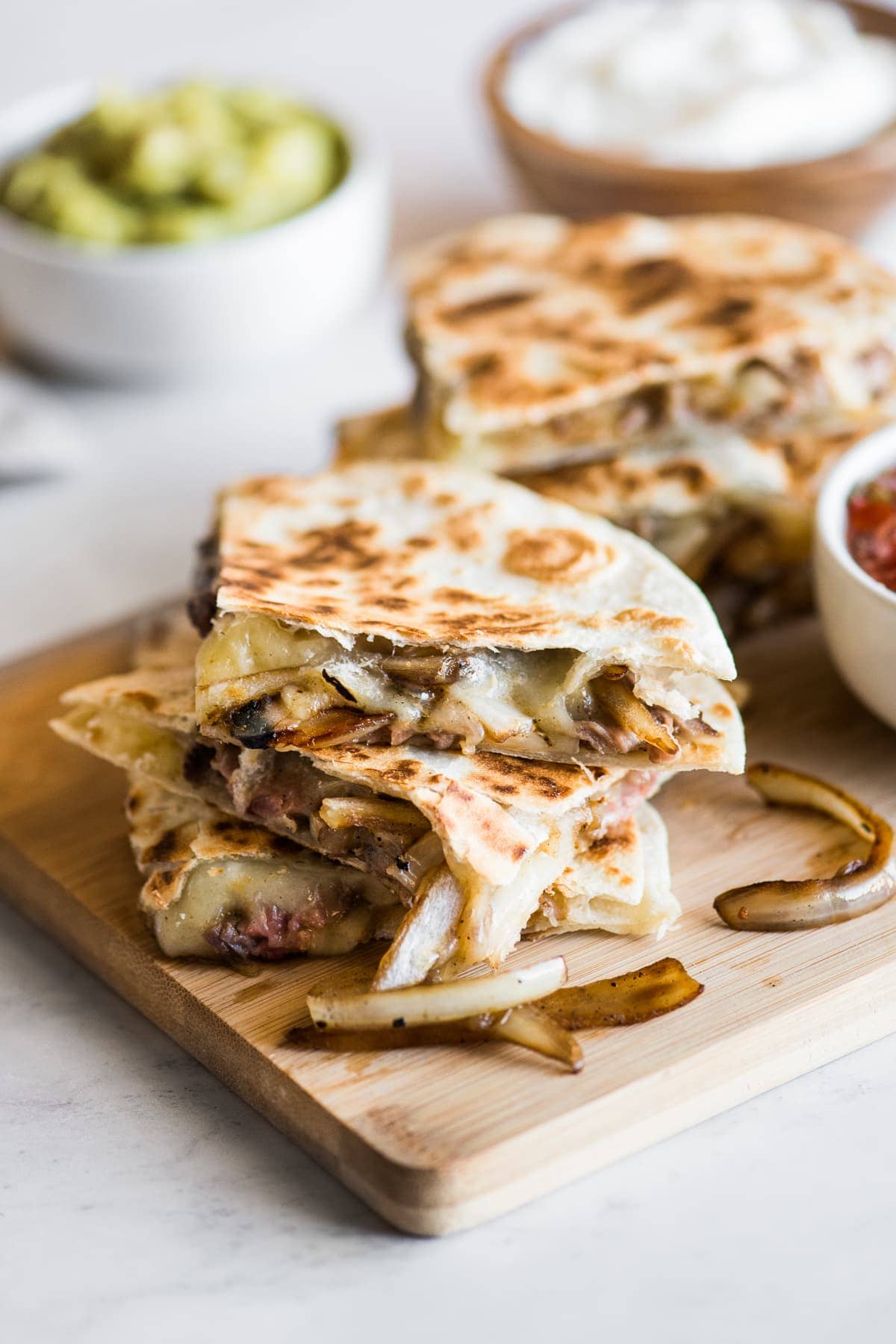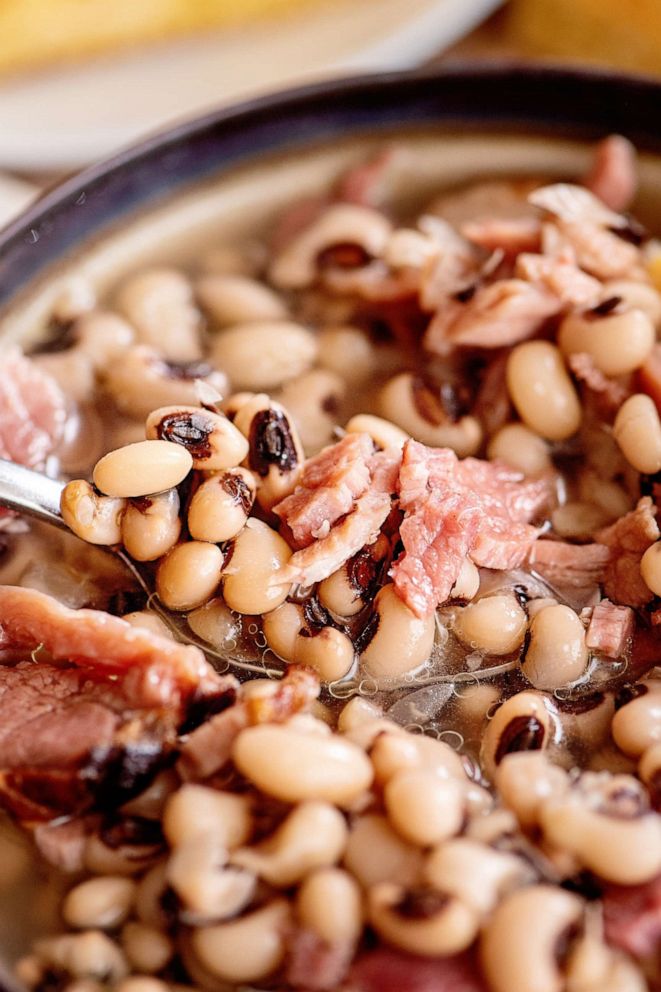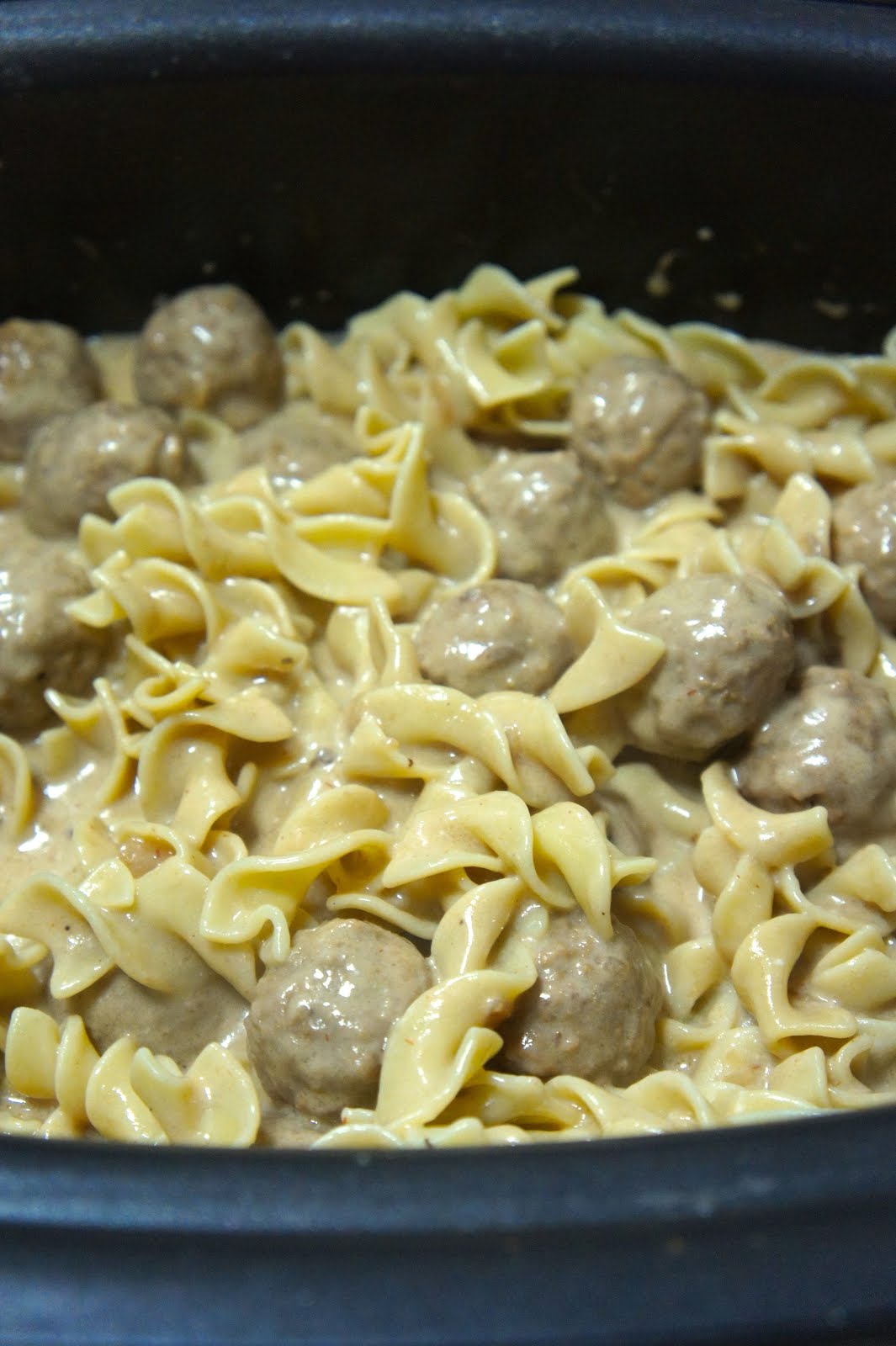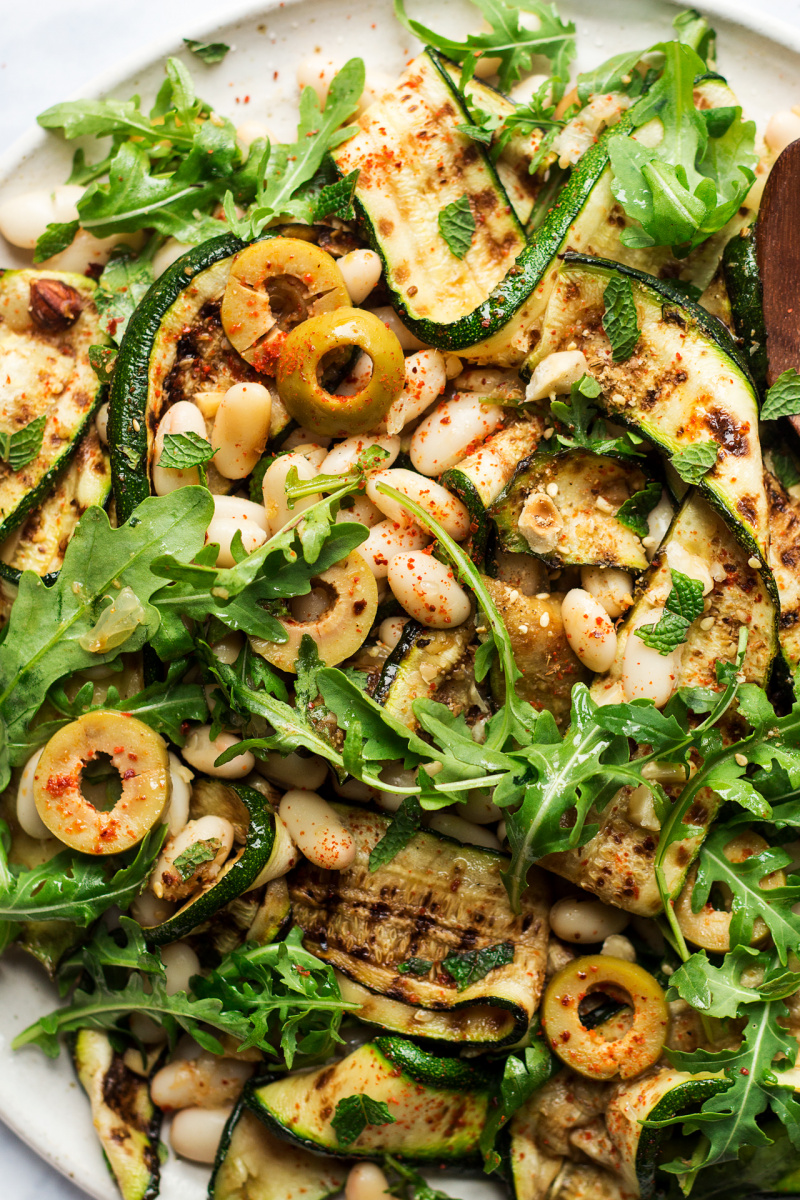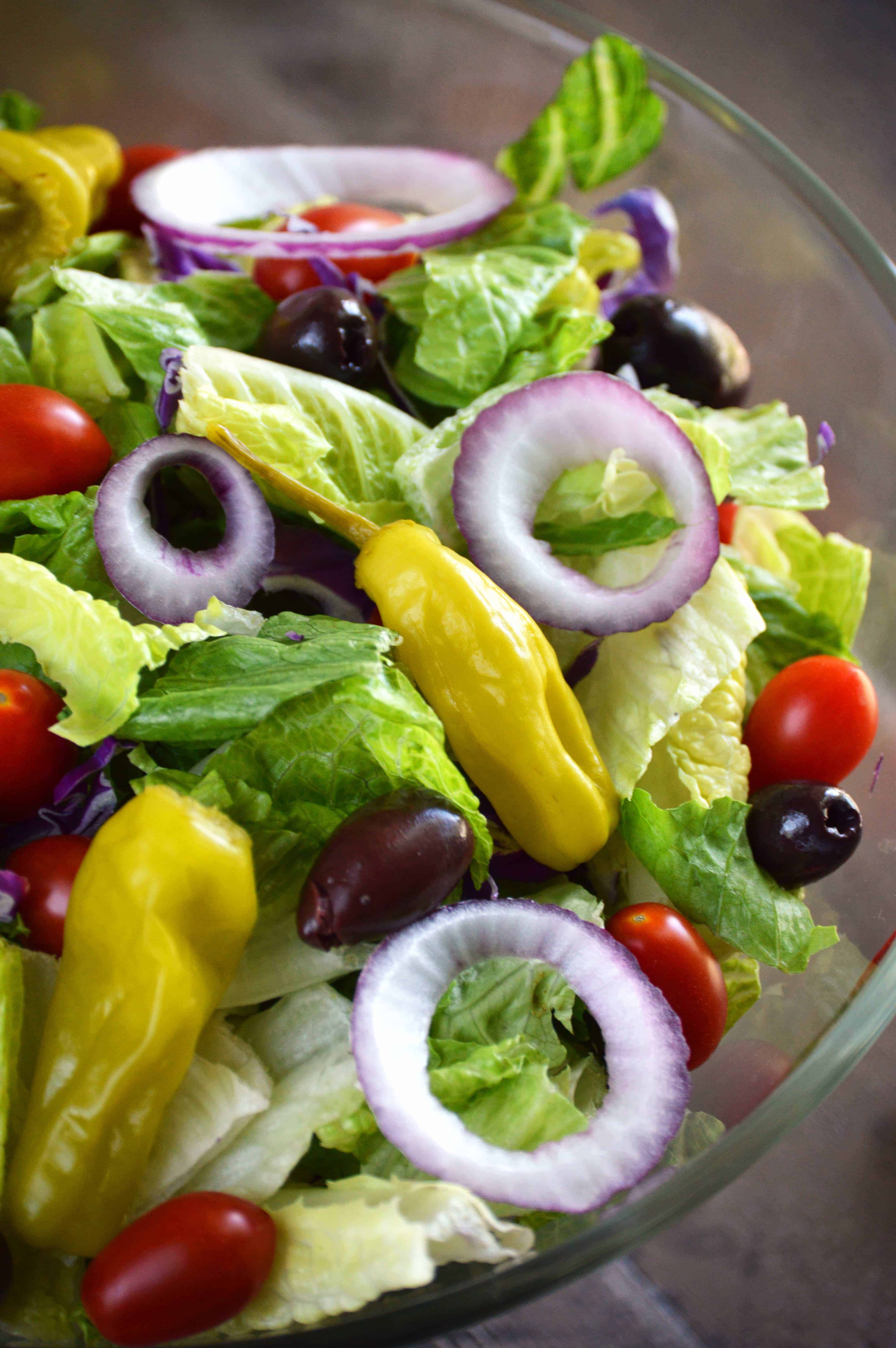In addition to the classic and beloved Italian pasta dishes such as spaghetti carbonara and lasagna, another staple in the Italian cuisine is the creamy and indulgent alfredo pasta. Originating from Rome, this dish has become a favorite among pasta lovers all around the world. In this article, we will be sharing with you an authentic Italian alfredo pasta recipe that will transport you to the streets of Rome with just one bite. Get ready to impress your taste buds and your dinner guests with this professional and well-organized introduction to the world of alfredo pasta.
Decoding the Origins of Alfredo Pasta
The Birth of Alfredo Sauce
Before we dive into the recipe, let's take a quick look at the history of alfredo pasta. This creamy and rich sauce was first created in the early 1900s by a Roman restaurateur named Alfredo di Lelio. Legend has it that Alfredo came up with this sauce as a way to appease his pregnant wife's cravings. The original recipe included only three ingredients - butter, Parmigiano Reggiano cheese, and pasta. Over the years, this simple yet decadent sauce has evolved into different variations, but the essence of its origins remains the same.
The Evolution of Alfredo Pasta
Today, alfredo pasta is a staple in Italian-American cuisine and has gained immense popularity worldwide. While the original recipe only used butter and cheese, modern variations include cream, garlic, and a variety of herbs and spices. However, the secret to a truly authentic alfredo pasta lies in the quality and simplicity of the ingredients used.
The Key Ingredients for an Authentic Alfredo Pasta
The Pasta
The type of pasta used in alfredo is crucial for the overall taste and texture of the dish. Traditionally, fettuccine is used as the base for this dish, but you can use other long and flat pasta shapes such as tagliatelle or linguine.
The Cheese
Parmigiano Reggiano, also known as Parmesan cheese, is the star ingredient in this dish. This hard cheese has a nutty and salty flavor that pairs perfectly with the buttery and creamy sauce. It's essential to use freshly grated Parmigiano Reggiano for the best results.
The Butter
To achieve the signature silky texture of the alfredo sauce, it's important to use
unsalted butter. This allows you to control the saltiness of the dish and brings out the other flavors in the sauce.
The Technique
The key to a successful alfredo pasta is
emulsifying the cheese and butter together. This is achieved by slowly adding the cheese and butter to the pan while continuously stirring. This creates a creamy and silky sauce that perfectly coats the pasta.
Now that you have the inside scoop on the origins and key ingredients of an authentic alfredo pasta, it's time to put on your apron and try out this recipe for yourself. Trust us, once you taste this homemade version, you'll never go back to store-bought alfredo sauce again.
HTML Code:
<h2>Decoding the Origins of Alfredo Pasta</h2>
<h3>The Birth of Alfredo Sauce</h3>
Before we dive into the recipe, let's take a quick look at the history of alfredo pasta. This creamy and rich sauce was first created in the early 1900s by a Roman restaurateur named Alfredo di Lelio. Legend has it that Alfredo came up with this sauce as a way to appease his pregnant wife's cravings. The original recipe included only three ingredients - butter, Parmigiano Reggiano cheese, and pasta. Over the years, this simple yet decadent sauce has evolved into different variations, but the essence of its origins remains the same.
<h3>The Evolution of Alfredo Pasta</h3>
Today, alfredo pasta is a staple in Italian-American cuisine and has gained immense popularity worldwide. While the original recipe only used butter and cheese, modern variations include cream, garlic, and a variety of herbs and spices. However, the secret to a truly authentic alfredo pasta lies in the quality and simplicity of the ingredients used.
<h2>The Key Ingredients for an Authentic Alfredo Pasta</h2>
<h3>The Pasta</h3>
The type of pasta used in alfredo is crucial for the overall taste and texture of the dish. Traditionally, fettuccine is used as the base for this dish, but you can use other long and flat pasta shapes such as tagliatelle or linguine.
<h3>The Cheese</h3>
<b>Parmigiano Reggiano</b>, also known as Parmesan cheese, is the star ingredient in this dish. This hard cheese has a nutty and salty flavor that pairs perfectly with the buttery and creamy sauce. It's essential to use freshly grated Parmigiano Reggiano for the best results.
<h3>The Butter</h3>
To achieve the signature silky texture of the alfredo sauce, it's important to use <b>unsalted butter</b>. This allows you to control the saltiness of the dish and brings out the other flavors in the sauce.
<h3>The Technique</h3>
The key to a successful alfredo pasta is <b>emulsifying</b> the cheese and butter together. This is achieved by slowly adding the cheese and butter to the pan while continuously stirring. This creates a creamy and silky sauce that perfectly coats the pasta.
Now that you have the inside scoop on the origins and key ingredients of an authentic alfredo pasta, it's time to put on your apron and try out this recipe for yourself. Trust us, once you taste this homemade version, you'll never go back to store-bought alfredo sauce again.



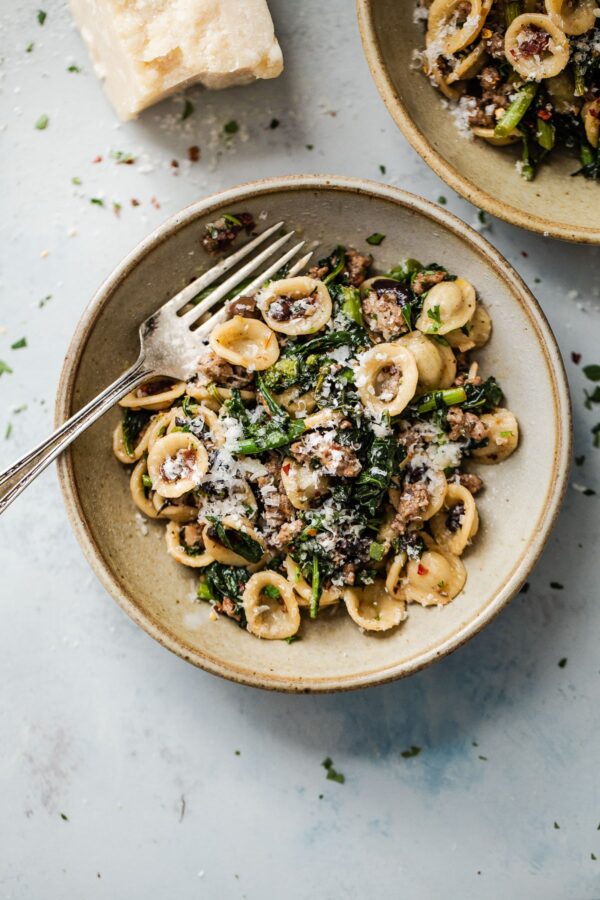



![[Homemade] garlic shrimp alfredo : food](https://preview.redd.it/l9cwygphpl531.jpg?auto=webp&s=f76455af08b7380df25a0e51e66abfa71aadfca2)

